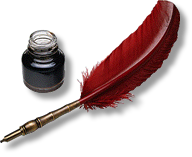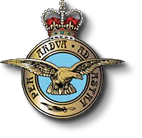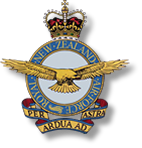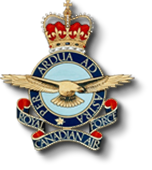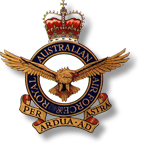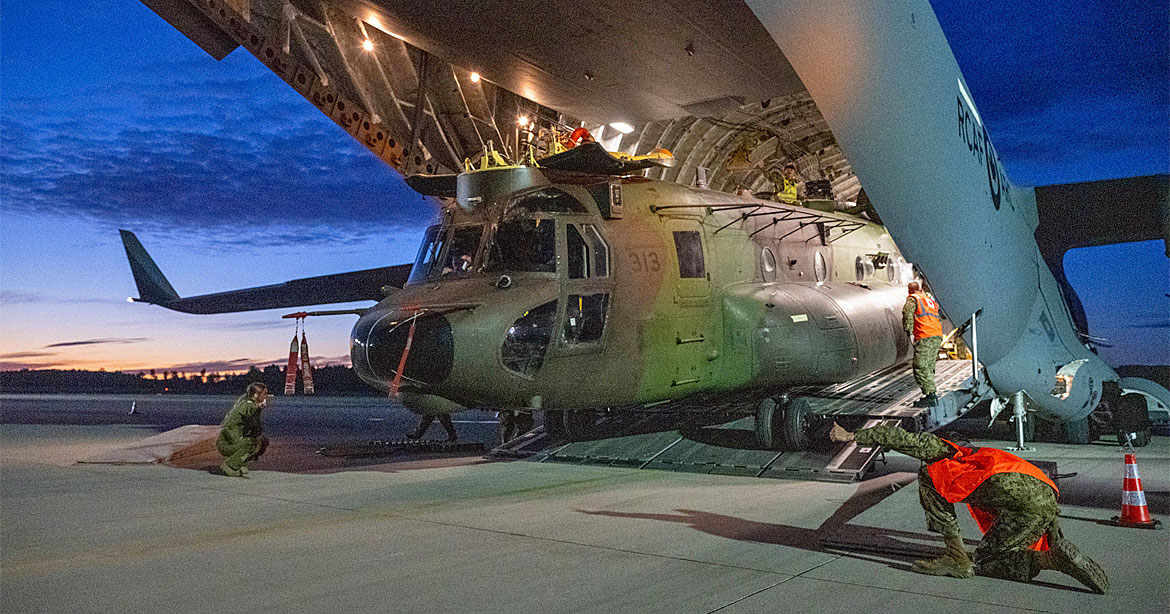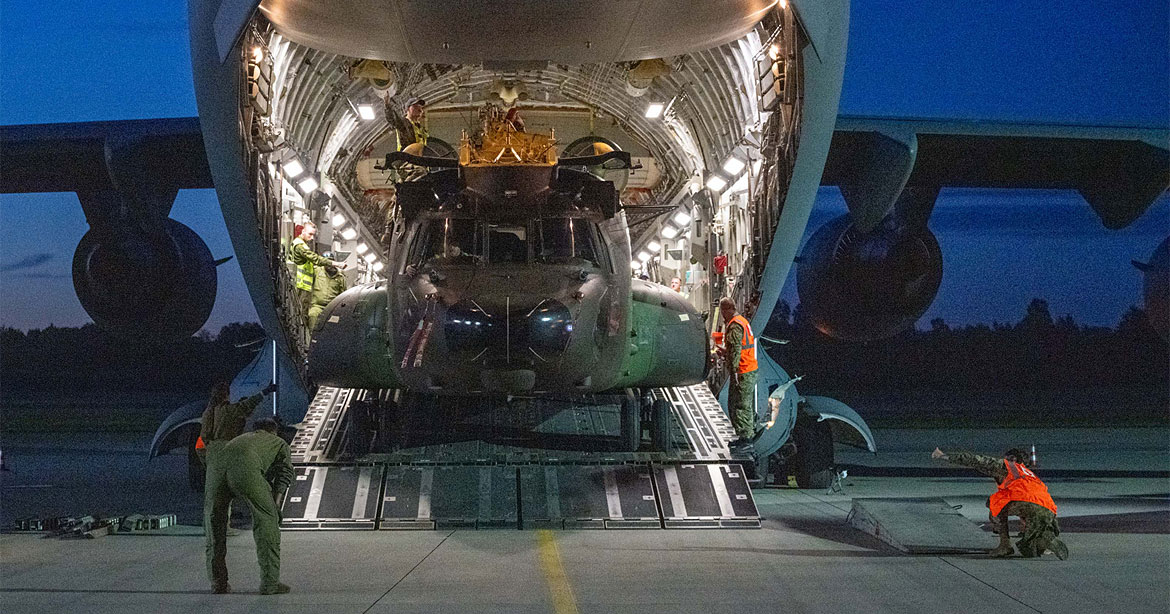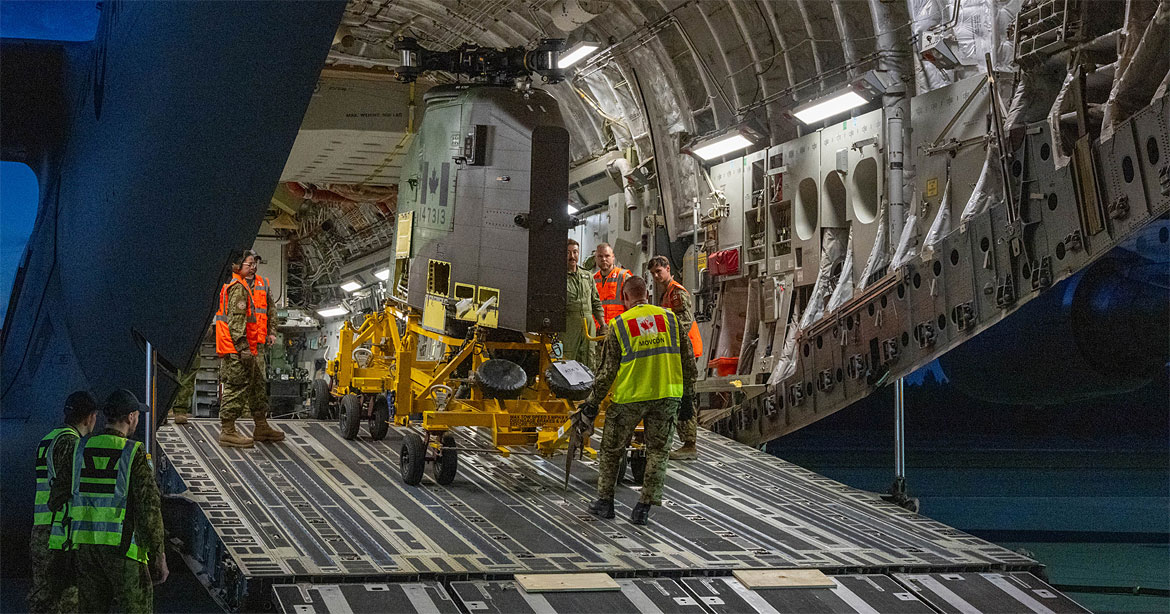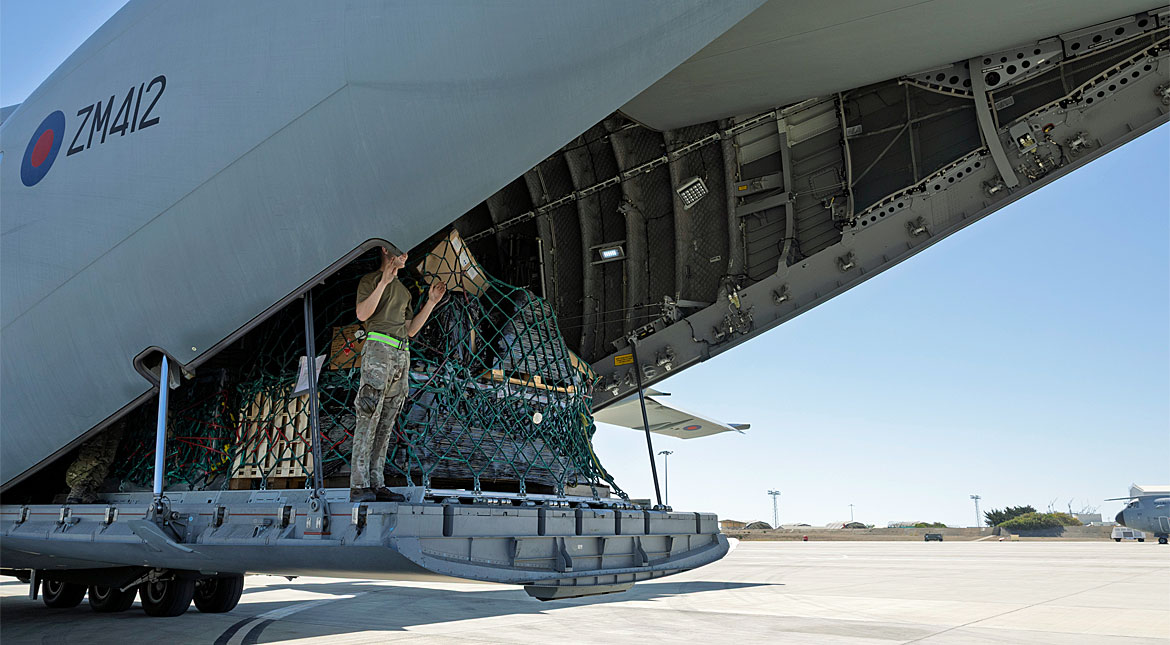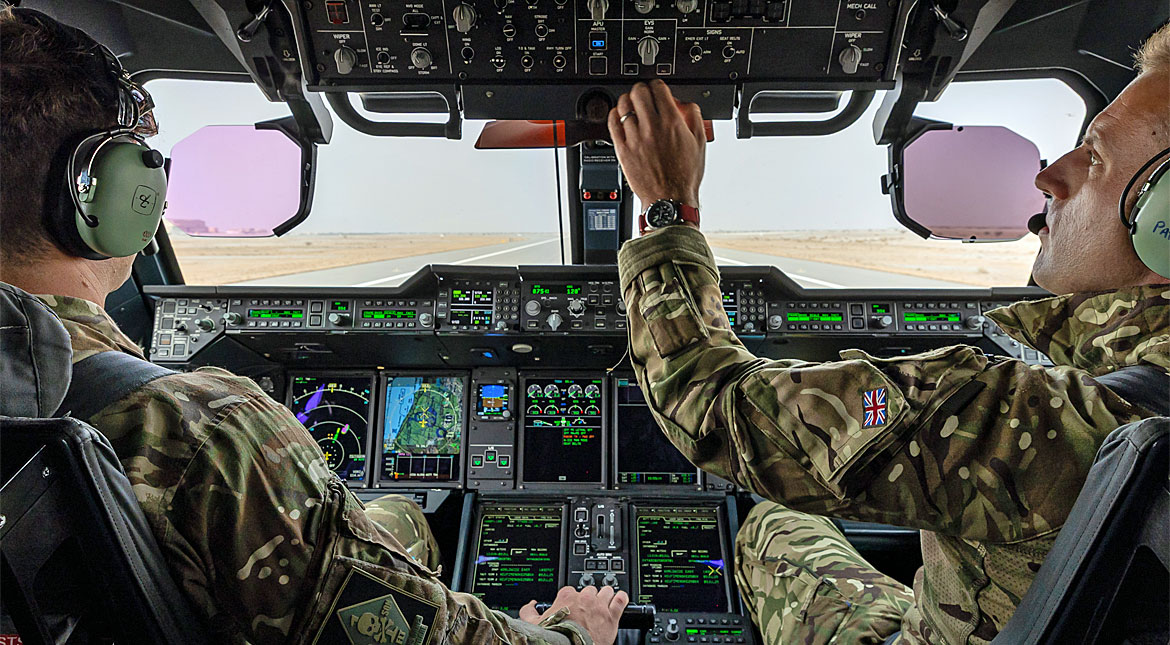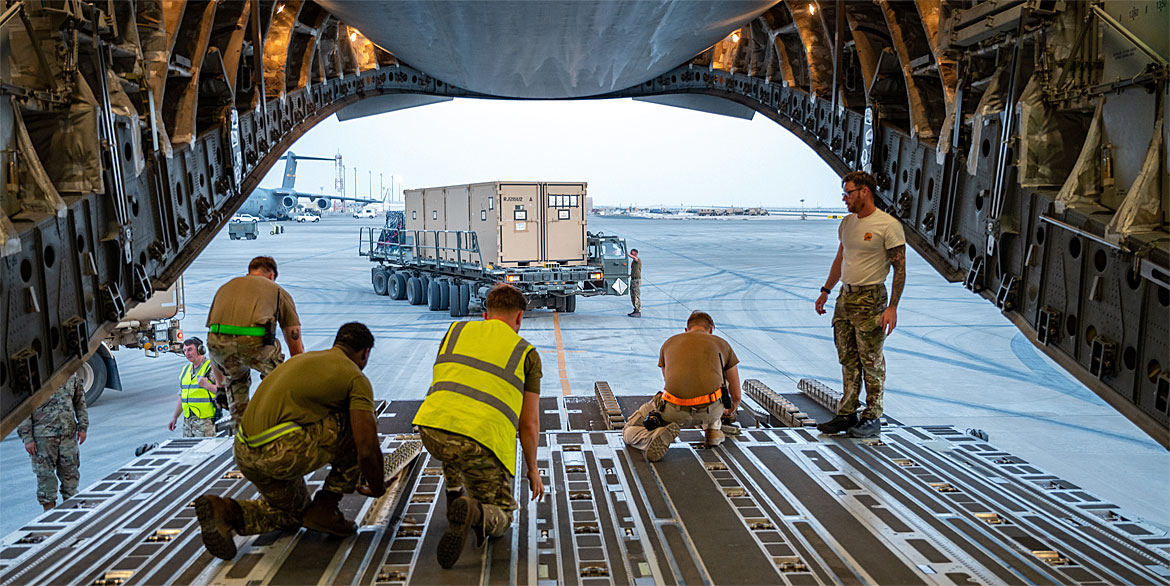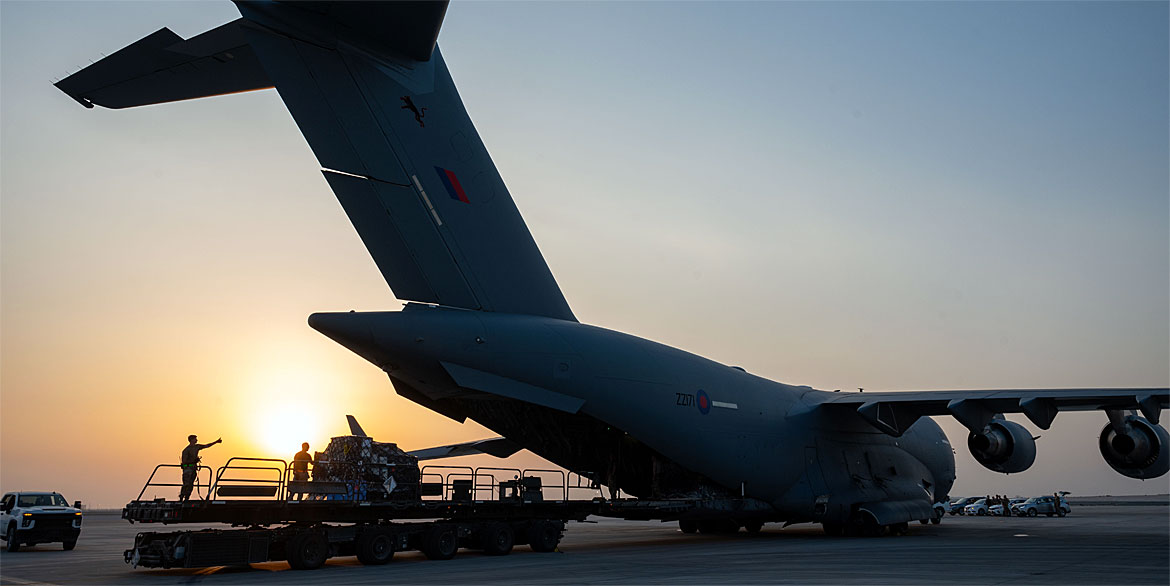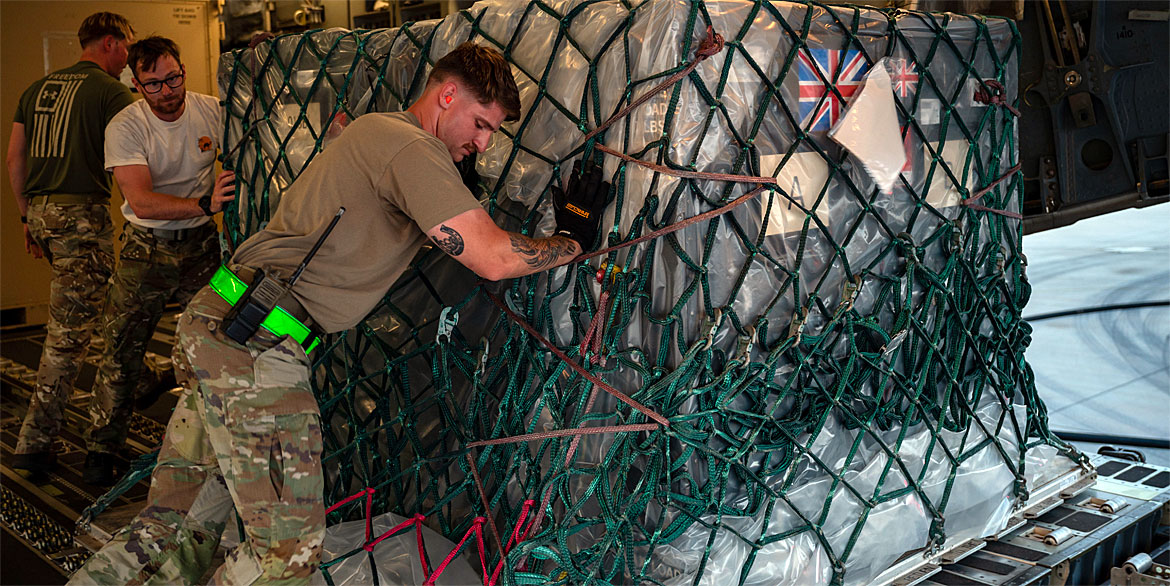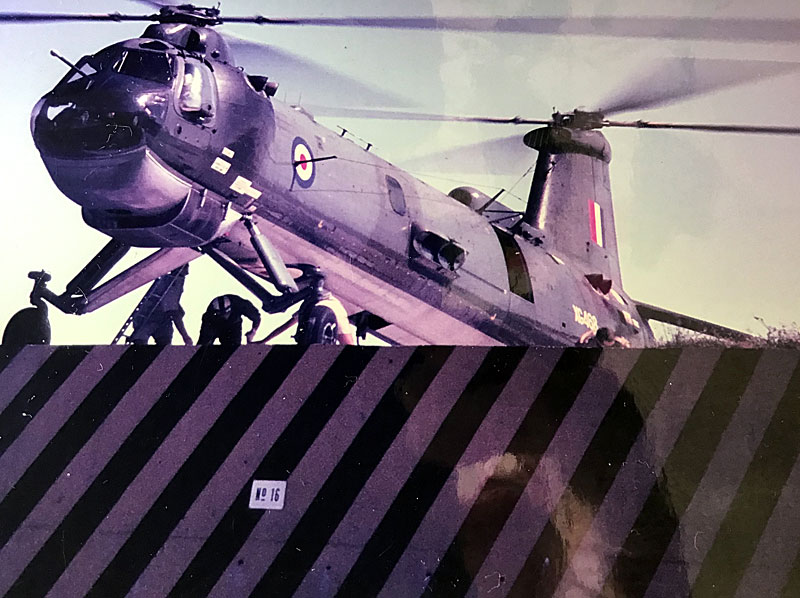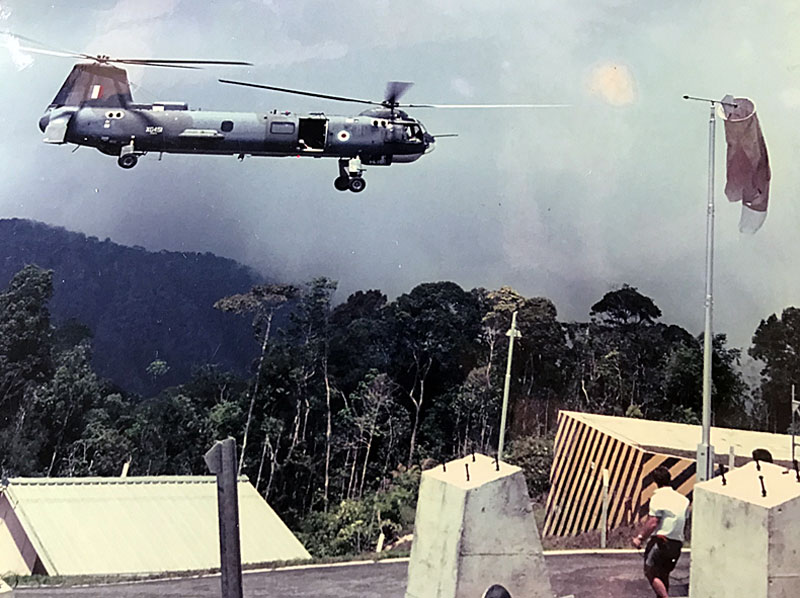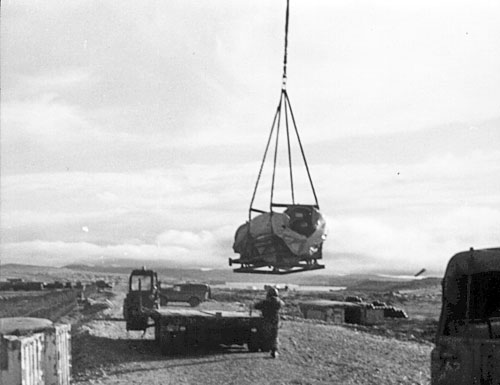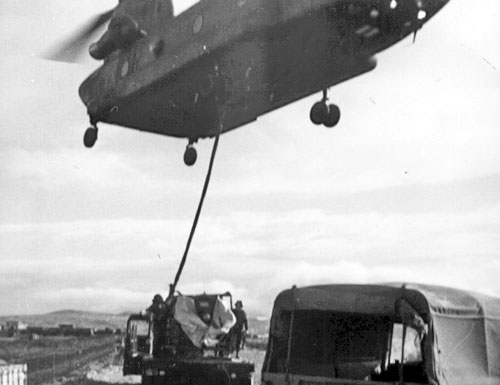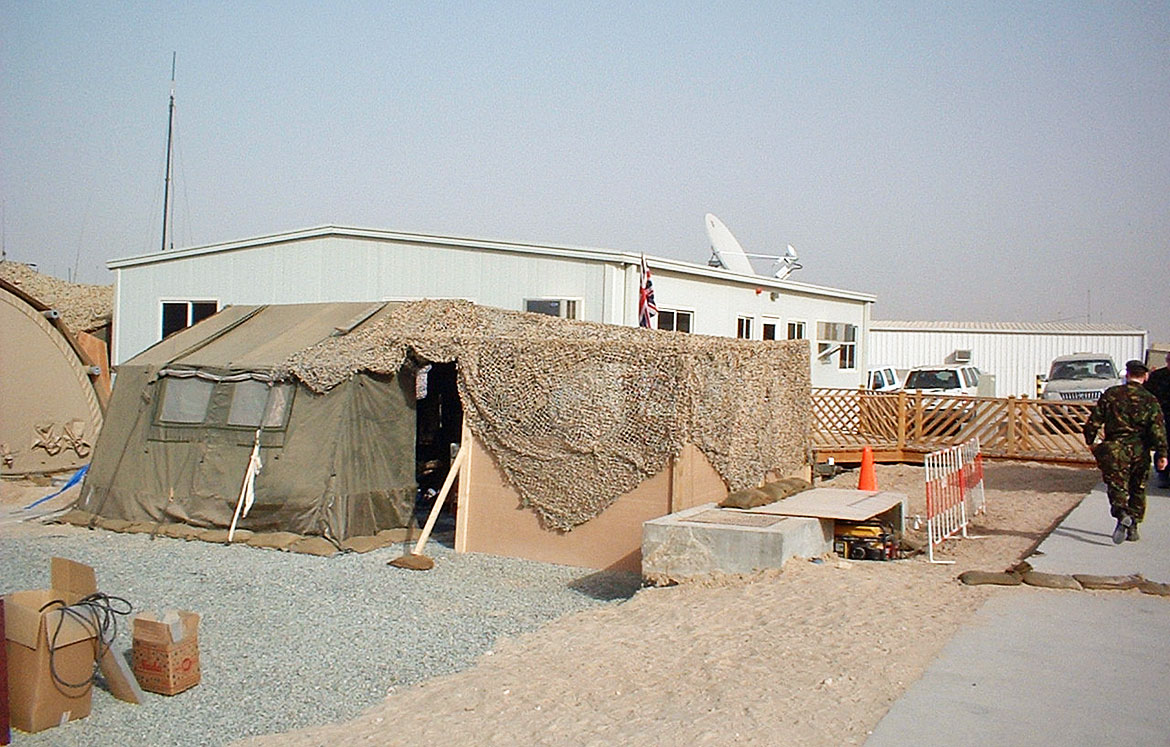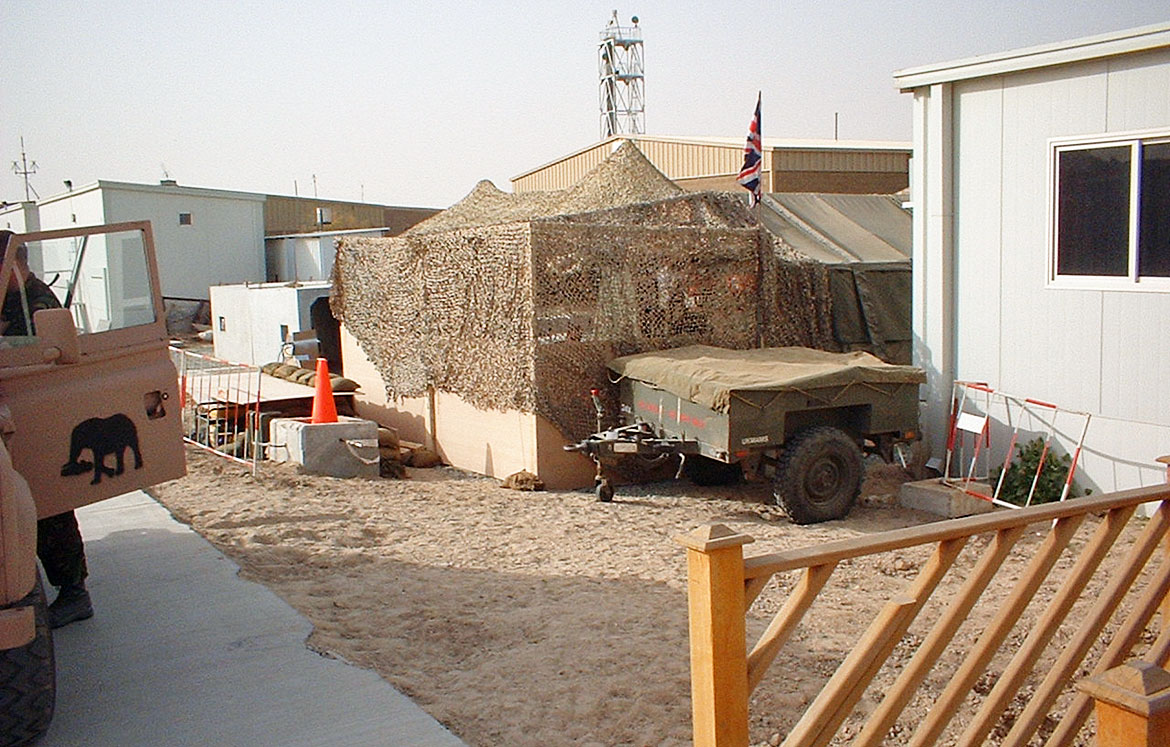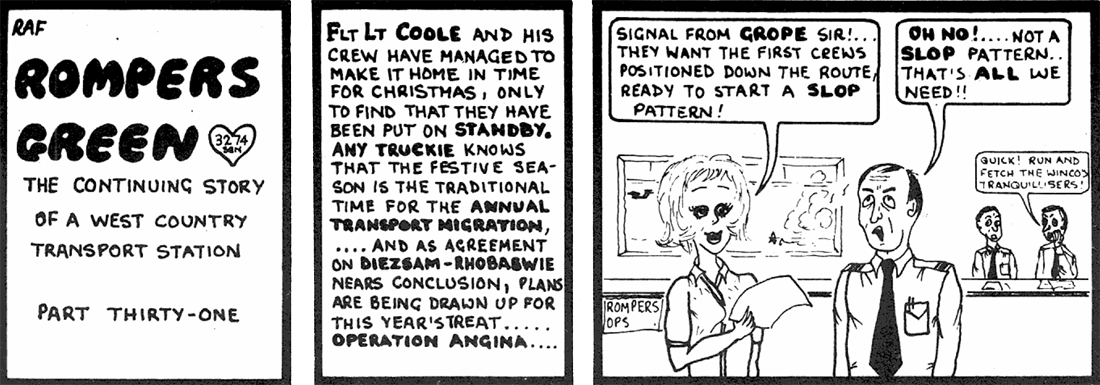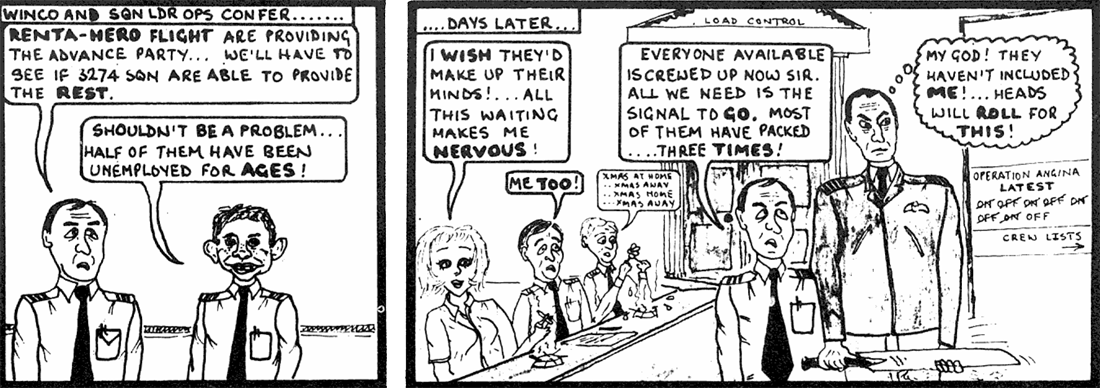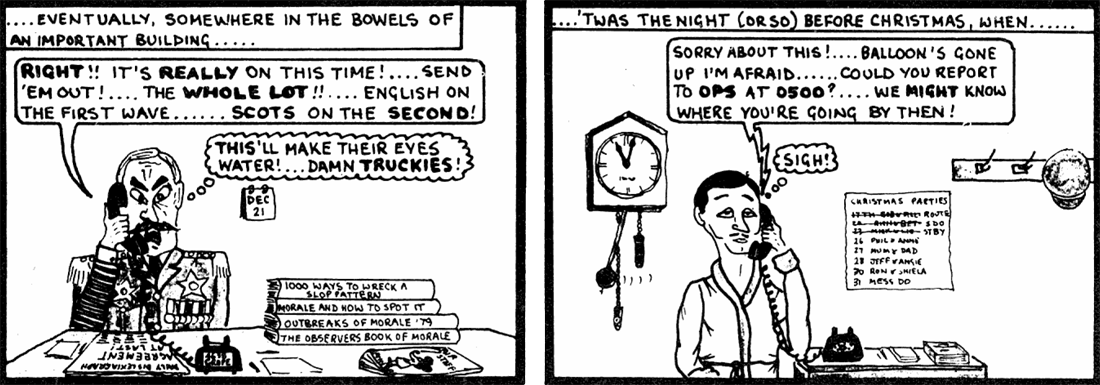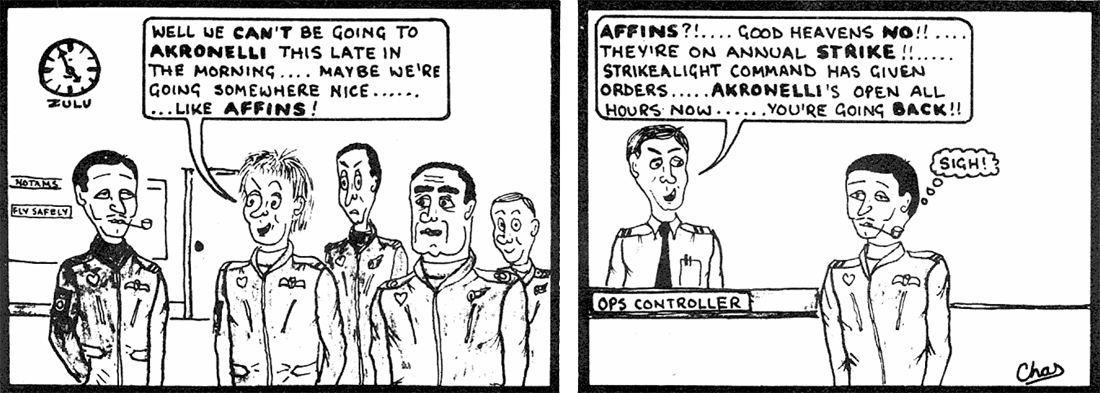



Revealed: MoD plan to take over UK
airports in event of war, under new law
airports in event of war, under new law
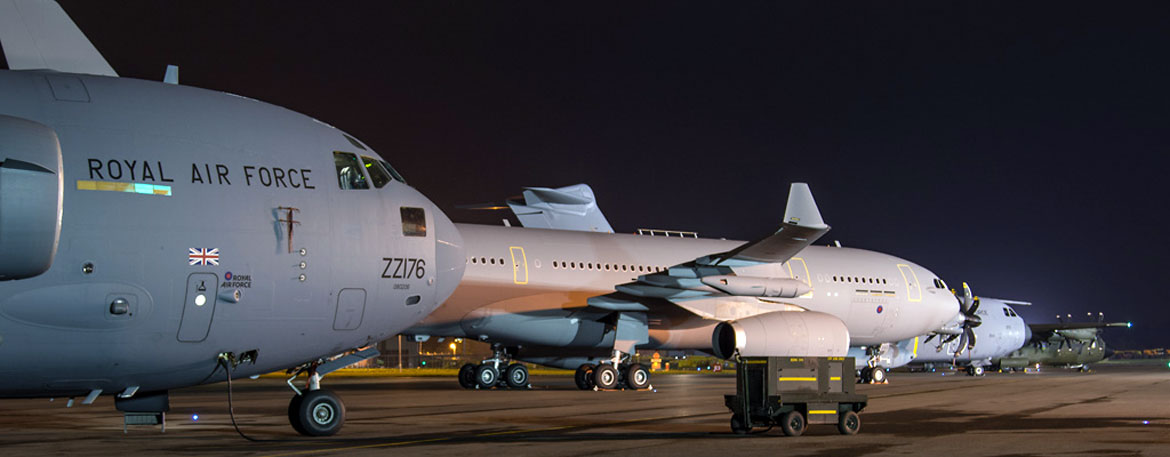
The Ministry of Defence would be able to use commercial and private airfields, airports and ports for military purposes during a crisis or war under new laws being drawn up by ministers, The i Paper can reveal.
As part of Britain stepping up its preparations for war, a new Defence Readiness Bill to be introduced to parliament this winter will allow the armed forces to take over private airfields for operations under certain circumstances. The move is part of a beefing-up of UK homeland defence, as set out in the wide-ranging Strategic Defence Review last month, amid concerns that the country may be directly involved in a conflict with Russia or another hostile state before the end of the decade.
Currently most RAF activity, including overseas campaigns such as last year’s support for Israel’s defence against Iranian missiles, are operated from the Brize Norton military airbase in Oxfordshire. The UK has emergency powers to use civilian assets but these are only used in extreme circumstances. Cruise ships including the QEII were requisitioned as troop carriers during the Falklands War, for example.
But the SDR is clear that the UK’s current preparedness is lacking and existing legislation is inadequate. And while the MoD is not going into details, it is likely the new legislation will give the government greater flexibility in how it plans for the multiple threats facing Britain, including hybrid warfare which previous legislation will not have accounted for.
RAF Needs More Airfield Capacity
The SDR warned there would need to be extra airfield capacity in the event of a conflict, particularly if Brize Norton came under attack or was otherwise incapacitated. It said that “RAF logistic support arrangements must be more resilient to disruption and military assault” and that “this must be accelerated, including through planning for the use of UK commercial airfields in times of crisis”.
The review added: “Given it is not affordable to establish a military alternative to Brize Norton should it be unavailable for operations, alternative commercial facilities must be planned and, if necessary, legislated for under the new Defence Readiness Bill.”
The exact details of the Bill have not been finalised, but it is understood it will include measures on the use of civilian airports and other infrastructure. It is not known, however, whether major airports like Heathrow and Gatwick would come under the legislation or whether it would be restricted to less busy airfields. Airports UK, which represents more than 50 commercial aerodromes, declined to comment on the planned laws.
msn.com
As part of Britain stepping up its preparations for war, a new Defence Readiness Bill to be introduced to parliament this winter will allow the armed forces to take over private airfields for operations under certain circumstances. The move is part of a beefing-up of UK homeland defence, as set out in the wide-ranging Strategic Defence Review last month, amid concerns that the country may be directly involved in a conflict with Russia or another hostile state before the end of the decade.
Currently most RAF activity, including overseas campaigns such as last year’s support for Israel’s defence against Iranian missiles, are operated from the Brize Norton military airbase in Oxfordshire. The UK has emergency powers to use civilian assets but these are only used in extreme circumstances. Cruise ships including the QEII were requisitioned as troop carriers during the Falklands War, for example.
But the SDR is clear that the UK’s current preparedness is lacking and existing legislation is inadequate. And while the MoD is not going into details, it is likely the new legislation will give the government greater flexibility in how it plans for the multiple threats facing Britain, including hybrid warfare which previous legislation will not have accounted for.
RAF Needs More Airfield Capacity
The SDR warned there would need to be extra airfield capacity in the event of a conflict, particularly if Brize Norton came under attack or was otherwise incapacitated. It said that “RAF logistic support arrangements must be more resilient to disruption and military assault” and that “this must be accelerated, including through planning for the use of UK commercial airfields in times of crisis”.
The review added: “Given it is not affordable to establish a military alternative to Brize Norton should it be unavailable for operations, alternative commercial facilities must be planned and, if necessary, legislated for under the new Defence Readiness Bill.”
The exact details of the Bill have not been finalised, but it is understood it will include measures on the use of civilian airports and other infrastructure. It is not known, however, whether major airports like Heathrow and Gatwick would come under the legislation or whether it would be restricted to less busy airfields. Airports UK, which represents more than 50 commercial aerodromes, declined to comment on the planned laws.
msn.com

From: Ian Place, Leeds, West Yorks
Subject: Re: UKMAMS OBA OBB #063025
Tony,
Having read David Forsyth's account of Operation Sedburgh, I wish to add my own recollections.
I remember we had lots of junk ramp equipment to return to the UK. Then someone came up with a bright idea of a sealed envelope auction. People were bidding for rubbish. One guy put in a bid for aircraft tech steps and another for the Jack which held it up.
The Land Rover David refers to was sold for £500. We did use it to push an old Houchin onto a C130 and then let the guy who bought it take it away.
Unfortunately, with the passing of 53 years, Gerry Keyworth's H team has been depleted by at least 3 members - DK Henderson, Jimmy Jones and Bob Hope (?). I question the last as I am not sure if B Hope has passed. If Gerry or Tim read this I am sure they can add to my poor recollections.
Regards
Ian
Subject: Re: UKMAMS OBA OBB #063025
Tony,
Having read David Forsyth's account of Operation Sedburgh, I wish to add my own recollections.
I remember we had lots of junk ramp equipment to return to the UK. Then someone came up with a bright idea of a sealed envelope auction. People were bidding for rubbish. One guy put in a bid for aircraft tech steps and another for the Jack which held it up.
The Land Rover David refers to was sold for £500. We did use it to push an old Houchin onto a C130 and then let the guy who bought it take it away.
Unfortunately, with the passing of 53 years, Gerry Keyworth's H team has been depleted by at least 3 members - DK Henderson, Jimmy Jones and Bob Hope (?). I question the last as I am not sure if B Hope has passed. If Gerry or Tim read this I am sure they can add to my poor recollections.
Regards
Ian

From: David Forsyth, St Hilaire de Riez
Subject: Re: Op Sedburgh Response
Thank you, Tony and thank you, Ian.
Great to have feedback. Interesting that you were able, authorised or not?, to sell off stuff. We were under strict instructions that all had to be repatriated. As you say, there was some junk for which it seemed ridiculous to use airlift space for stuff which would be binned in the UK.
How long were you there and can you recall the number of chalks? Seemed a huge amount would be needed when drafting the Movements Annex to the Op Order.
I was delighted to see my faithful Landy was sold rather than being sent for a swim.
As Aye,
David
Subject: Re: Op Sedburgh Response
Thank you, Tony and thank you, Ian.
Great to have feedback. Interesting that you were able, authorised or not?, to sell off stuff. We were under strict instructions that all had to be repatriated. As you say, there was some junk for which it seemed ridiculous to use airlift space for stuff which would be binned in the UK.
How long were you there and can you recall the number of chalks? Seemed a huge amount would be needed when drafting the Movements Annex to the Op Order.
I was delighted to see my faithful Landy was sold rather than being sent for a swim.
As Aye,
David


Canadian Joint Operations Command - You don’t see that every day!
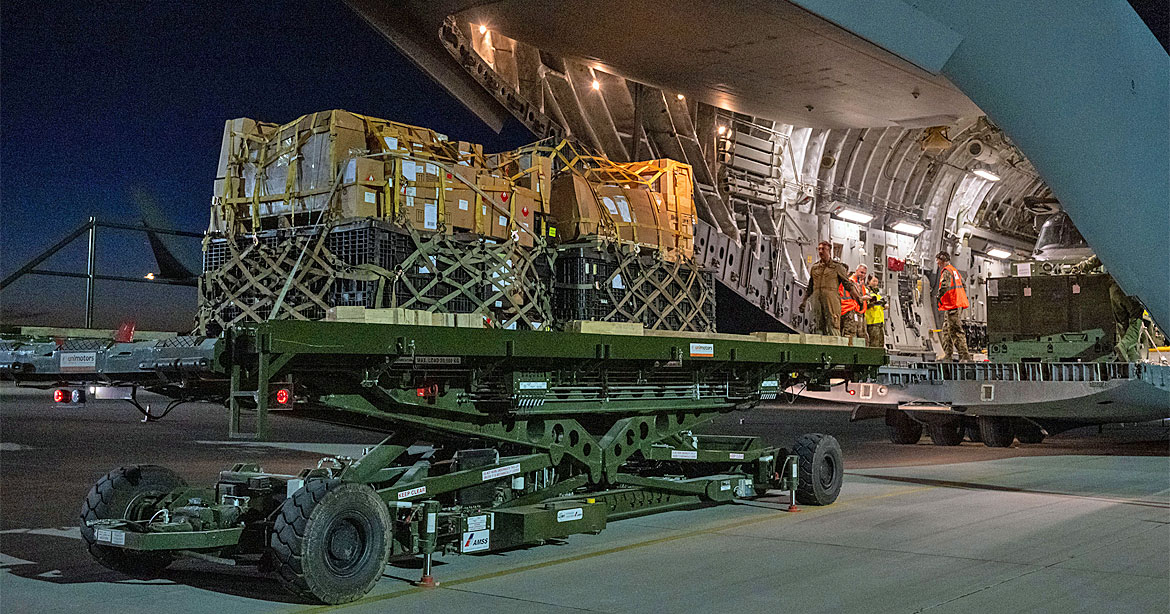
Thanks to the incredible teamwork of our Canadian Armed Forces personnel, a CC-177 Globemaster has delivered the first Royal Canadian Air Force CH-147 helicopter in Latvia. This helicopter will support Operation Reassurance and the Canadian-led NATO Multinational Brigade, as part of the aviation battalion. Canada remains committed to deterring potential aggression and defending Alliance territory.
Royal Canadian Air Force
Royal Canadian Air Force

RAF Akrotiri marks 70 years
RAF Akrotiri is celebrating 70 years of service. It was first established on 1 July 1955, when 30 personnel arrived at what was then a dry, windswept stretch of scrubland on the southernmost tip of Cyprus. Seven decades later, the base is home to 4,000 service personnel and their families, and remains a cornerstone of British operations in the Middle East.
Acting Station Commander Wing Commander Ade Mellors said: "It's held in very, kind of, romantic regard by many in the Armed Forces, mainly the RAF, because it's hosted so many operations as a staging post."
That role has continued through multiple conflicts and humanitarian operations, including evacuations from Lebanon in 2006 and air operations over Iraq and Syria in support of Operation Shader. Culturally, Cyprus is European, but geographically it is in the Middle East, just off the coast of Africa, and its Mediterranean Sea location makes it strategically extremely important.
"It's kind of the immovable aircraft carrier," Wg Cdr Mellors added. "So this Tarmac, this base, is strategically very important." RAF Akrotiri has also hosted decades of fighter training and exercises, including many years as the Red Arrows' home base.
Akrotiri is a British Sovereign Base, which means it is under UK jurisdiction – the base is considered British territory. Many Cypriot civilians have worked at RAF Akrotiri for decades, while for those in uniform, it continues to hold a special place.
"It's a gift in many regards. Whether you are here alone or with loved ones," Wg Cdr Mellors said. "We have a beach on the base. You know, where else has that? It's the largest overseas base. The community, quite frankly, is incredible."
BFBS Forces News
Acting Station Commander Wing Commander Ade Mellors said: "It's held in very, kind of, romantic regard by many in the Armed Forces, mainly the RAF, because it's hosted so many operations as a staging post."
That role has continued through multiple conflicts and humanitarian operations, including evacuations from Lebanon in 2006 and air operations over Iraq and Syria in support of Operation Shader. Culturally, Cyprus is European, but geographically it is in the Middle East, just off the coast of Africa, and its Mediterranean Sea location makes it strategically extremely important.
"It's kind of the immovable aircraft carrier," Wg Cdr Mellors added. "So this Tarmac, this base, is strategically very important." RAF Akrotiri has also hosted decades of fighter training and exercises, including many years as the Red Arrows' home base.
Akrotiri is a British Sovereign Base, which means it is under UK jurisdiction – the base is considered British territory. Many Cypriot civilians have worked at RAF Akrotiri for decades, while for those in uniform, it continues to hold a special place.
"It's a gift in many regards. Whether you are here alone or with loved ones," Wg Cdr Mellors said. "We have a beach on the base. You know, where else has that? It's the largest overseas base. The community, quite frankly, is incredible."
BFBS Forces News

From: David Powell, Princes Risborough, Bucks
Subject: Mover's Ingenuity
Hi Tony,
My favourite MAMS Team ingenuity improvisation story? It opens one early Wiltshire evening a long time ago, actually 56 years. The location is RAE (Royal Aircraft Establishment) Boscombe Down, and all around is – not a lot. Just the green emptiness of the Salisbury Plain; the occasional murmur of a lorry grinding westward along the then otherwise deserted A303 providing the backdrop to one empty waiting Belfast and the drone of its life support ground power unit. Nearby, were three helicopters waiting to be loaded onto the Belfast. Otherwise, just one vast empty airfield now deserted by its hundreds of homeward bound boffins and support staff.
For F Team, it’s time to crack on with a fairly straightforward loading; just a couple of Wessex on their wooden transit cradles and a Wasp which would occupy the ramp. The two Wessex had arrived earlier, presumably by road from RAE Bedford which hosted helicopter test flying. Tomorrow’s destination: Ottawa before a series of important cold weather trials.
Then the first significant reality check. The two main Wessex fuselages had arrived on the cradles used when moving them by road using Queen Mary trailers. The cradles were not the sort modified for air movement and be able to run along undulating rollers using hinged steel skates at the ends of the two main cradle bearers. These would ensure progress along uneven roller strips. For the loading to start, and the precious cargo to be delivered tomorrow, it was time for some magic mover’s ingenuity.
Subject: Mover's Ingenuity
Hi Tony,
My favourite MAMS Team ingenuity improvisation story? It opens one early Wiltshire evening a long time ago, actually 56 years. The location is RAE (Royal Aircraft Establishment) Boscombe Down, and all around is – not a lot. Just the green emptiness of the Salisbury Plain; the occasional murmur of a lorry grinding westward along the then otherwise deserted A303 providing the backdrop to one empty waiting Belfast and the drone of its life support ground power unit. Nearby, were three helicopters waiting to be loaded onto the Belfast. Otherwise, just one vast empty airfield now deserted by its hundreds of homeward bound boffins and support staff.
For F Team, it’s time to crack on with a fairly straightforward loading; just a couple of Wessex on their wooden transit cradles and a Wasp which would occupy the ramp. The two Wessex had arrived earlier, presumably by road from RAE Bedford which hosted helicopter test flying. Tomorrow’s destination: Ottawa before a series of important cold weather trials.
Then the first significant reality check. The two main Wessex fuselages had arrived on the cradles used when moving them by road using Queen Mary trailers. The cradles were not the sort modified for air movement and be able to run along undulating rollers using hinged steel skates at the ends of the two main cradle bearers. These would ensure progress along uneven roller strips. For the loading to start, and the precious cargo to be delivered tomorrow, it was time for some magic mover’s ingenuity.

A quick search of the immediate vicinity, primarily the vast empty hangar, produced a pair of discarded, flat, 12” square steel plates. But, in the absence of any attachment hinges, how could they be used to tackle the critical transition to an inclined roller track? The solution was to make the flat plates curved, but how and where on our dormant airfield? Fortunately, F team came with its very own DC Universe Marvel Super Being. To a backdrop of a golden setting sun, through the hangar doors, it was Cpl R Turner RAF, the Bob, riding his favourite charger, a very large, very heavy, mighty fork lift.
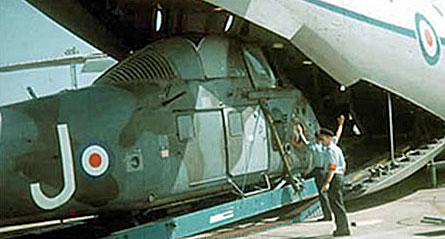
With the flat steel plates wedged upright in the hangar tracks, holding its collective breath, the team watched as the Bob took just one accurate pass with the fork lift to create two perfectly formed curved steel plates. And, provided one didn’t look too closely one very, very slightly kinked section of hangar door tracking.
The skilfully curved plates were then slotted under ends of the longitudinal beams of the cradles, where the roller track began the challenging climb of the lowered aircraft ramp, and the giant Belfast’s powerful reconditioned ex-Hastings winch had the two Wessex helicopters safely loaded in no time at all. The critical cold weather helicopter trials in Canada had been saved!
Best wishes
David Powell
F Team UKMAMS RAF Abingdon 1967-69
The skilfully curved plates were then slotted under ends of the longitudinal beams of the cradles, where the roller track began the challenging climb of the lowered aircraft ramp, and the giant Belfast’s powerful reconditioned ex-Hastings winch had the two Wessex helicopters safely loaded in no time at all. The critical cold weather helicopter trials in Canada had been saved!
Best wishes
David Powell
F Team UKMAMS RAF Abingdon 1967-69

The Royal Air Force Air Mobility Force Sustains UK Military Operations in the Middle East with Weekly A400M Flights
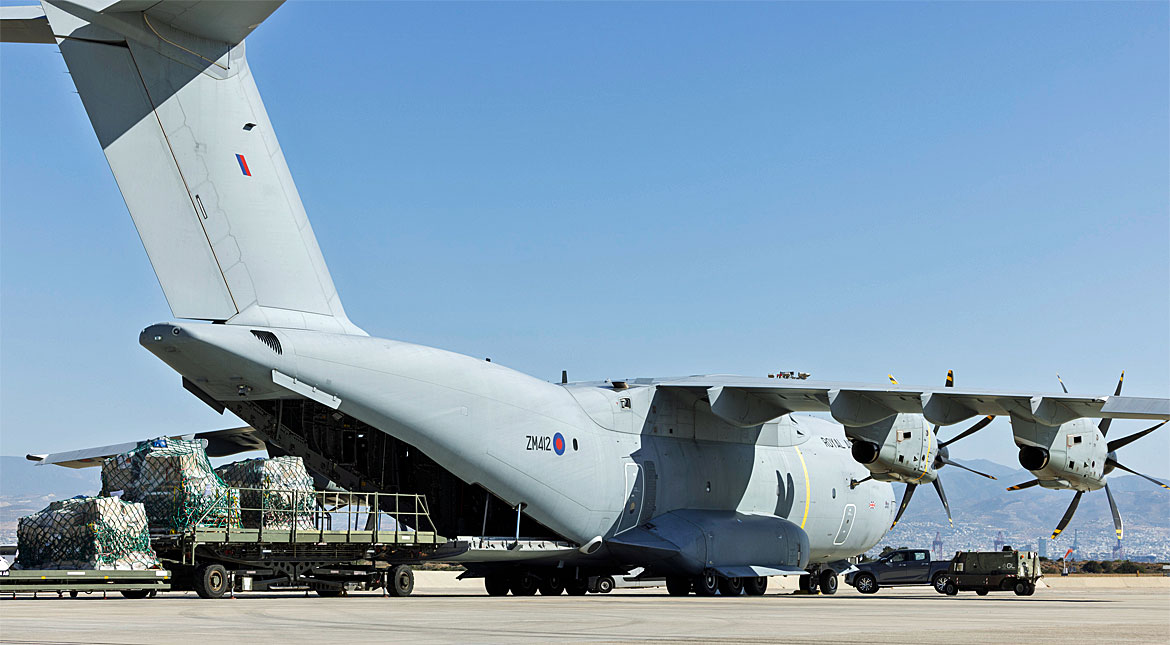
Royal Air Force A400M Atlas transport aircraft from the Air Mobility Force enable and sustain enduring UK military operations in the Middle East with regular flights across the region carrying cargo and occasionally passengers.
Since the start of Operation Shader in 2014, the RAF’s Air Mobility Force has had a detachment forward based in support this Op and the even longer running Operation Kipion, UK’s Maritime Counter-Piracy and Smuggling support, together with the Freedom of Navigation mission in the region.
This forward detachment currently consists of a Voyager and an A400M and conducts roles and activities that sustain these enduring Operations together with other UK military activity across the region. One key element of the detachment is regular flights of the A400M known as the Middle East Intra-Theatre Transport Service, or MITS for short. These flights carry cargo to various British bases across the region.
MITS flights set off from RAF Akrotiri, where the aircraft is prepared for its sortie. Refuelling is carried out by the locally based Airfield Support Squadron, freight pallets are then loaded by a combined team of Movers drawn from the Joint Movements Squadron and deployed personnel from the UK Mobile Air Movements Squadron (UKMAMS).
On board the aircraft for such a trip around the region is a small Air Mobility Protection Team drawn from the RAF Police and the RAF Regiment.
Describing a typical recent MITS sortie one of the A400M pilots said: “This is a bread and butter job for us, it keeps everything else going and is therefore a very important role, but it is just one of the many tasks that we do on the squadron.”
This MITS flights arrived at its first destination, 902 Expeditionary Air Wing, where some of the seven pallets of freight were unloaded and other pallets of equipment from a recent Royal Marine exercise were loaded for return to the UK. Loading and unloading was completed by a team of RAF detachment personnel and some movement staff from UKMAMS who fly on these sorties to support these activities.
After a short flight to 906 EAW, further unloading and loading was carried out together with an overnight stop. The following day the A400M departed 906 EAW on its round-robin for the final delivery of freight and a return to RAF Akrotiri.
Squadron Leader Hermolle, the Air Mobility Force detachment commander in the region, said: “These flights carried out by the A400M are an essential element of the work of the RAF’s deployed Air Mobility Force. The flights demonstrate the delivery of Tactical Military Air Transport, which is just one of the ways by which AMF provides a wide range of logistical and mission-enabling capabilities across the globe for Defence.”
The recent MITS flight was flown by a mixed crew drawn from 30 and LXX Sqns, normally based at RAF Brize Norton, with personnel forward deploying for four weeks; Squadron personnel expect to do several deployments per year. This, in addition to all of the other global activities the RAF supports alongside world-wide exercises and other operations.
raf.mod.uk
Since the start of Operation Shader in 2014, the RAF’s Air Mobility Force has had a detachment forward based in support this Op and the even longer running Operation Kipion, UK’s Maritime Counter-Piracy and Smuggling support, together with the Freedom of Navigation mission in the region.
This forward detachment currently consists of a Voyager and an A400M and conducts roles and activities that sustain these enduring Operations together with other UK military activity across the region. One key element of the detachment is regular flights of the A400M known as the Middle East Intra-Theatre Transport Service, or MITS for short. These flights carry cargo to various British bases across the region.
MITS flights set off from RAF Akrotiri, where the aircraft is prepared for its sortie. Refuelling is carried out by the locally based Airfield Support Squadron, freight pallets are then loaded by a combined team of Movers drawn from the Joint Movements Squadron and deployed personnel from the UK Mobile Air Movements Squadron (UKMAMS).
On board the aircraft for such a trip around the region is a small Air Mobility Protection Team drawn from the RAF Police and the RAF Regiment.
Describing a typical recent MITS sortie one of the A400M pilots said: “This is a bread and butter job for us, it keeps everything else going and is therefore a very important role, but it is just one of the many tasks that we do on the squadron.”
This MITS flights arrived at its first destination, 902 Expeditionary Air Wing, where some of the seven pallets of freight were unloaded and other pallets of equipment from a recent Royal Marine exercise were loaded for return to the UK. Loading and unloading was completed by a team of RAF detachment personnel and some movement staff from UKMAMS who fly on these sorties to support these activities.
After a short flight to 906 EAW, further unloading and loading was carried out together with an overnight stop. The following day the A400M departed 906 EAW on its round-robin for the final delivery of freight and a return to RAF Akrotiri.
Squadron Leader Hermolle, the Air Mobility Force detachment commander in the region, said: “These flights carried out by the A400M are an essential element of the work of the RAF’s deployed Air Mobility Force. The flights demonstrate the delivery of Tactical Military Air Transport, which is just one of the ways by which AMF provides a wide range of logistical and mission-enabling capabilities across the globe for Defence.”
The recent MITS flight was flown by a mixed crew drawn from 30 and LXX Sqns, normally based at RAF Brize Norton, with personnel forward deploying for four weeks; Squadron personnel expect to do several deployments per year. This, in addition to all of the other global activities the RAF supports alongside world-wide exercises and other operations.
raf.mod.uk


From: Ian Berry, Eastleaze, Swindon, Wilts
Subject: Mover’s Ingenuity
Hi Tony,
A few instances come to mind, although not all involved me. During 1984, I was an Instructor on the Movements School. Exercise Lionheart was huge and involved the full deployment of 2 Infantry Division from UK to Germany. Along with the recently departed Jim Brett, we were deployed to Connaught Barracks, Dover Castle, to oversee deployments down to the docks. One day, a convoy of trucks carrying 20ft ISO containers arrived on the parade ground. Inside each container was either a Scorpion or a Scimitar CVRT.
Subject: Mover’s Ingenuity
Hi Tony,
A few instances come to mind, although not all involved me. During 1984, I was an Instructor on the Movements School. Exercise Lionheart was huge and involved the full deployment of 2 Infantry Division from UK to Germany. Along with the recently departed Jim Brett, we were deployed to Connaught Barracks, Dover Castle, to oversee deployments down to the docks. One day, a convoy of trucks carrying 20ft ISO containers arrived on the parade ground. Inside each container was either a Scorpion or a Scimitar CVRT.
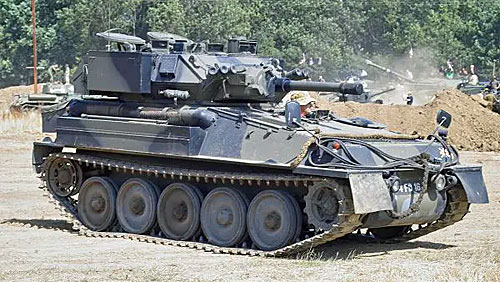
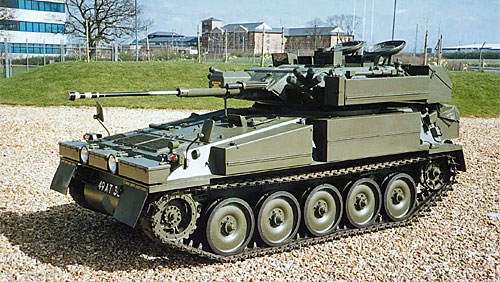
Scorpion CVRT
Scimitar CVRT
How the hell were we going to offload these tracked vehicles? Jim had found on his wanderings a stack of timber which we then relocated and placed as a ramp beneath the ISOs. It worked a treat, but by the end quite a lot of the wood was splintered and trashed. Sometime later that morning, we were advised to "keep a low profile" as the RSM of the Royal Irish Rangers was on the warpath. The timber we had found was in fact his dismantled dais, used for VIPs to take the salute on parades!
Staying with the ISO theme, I once did a recovery of a 40ft ISO from Charleston AFB. The tie-down scheme did state that the aircraft must NOT be refuelled until after loading. When we arrived at the C130 with the ISO on a 40k loader, the crew in our absence had decided to refuel the aircraft! It was one of those occasions where the only solution was to let the air out of all the loader tyres, much to the USAF driver's annoyance. When we arrived at Dulles to night stop, the crew bought most of the rounds that night pleading with us not to include the mishap in our post-task report!
A task I did not participate on was how do you put a 20ft box onto a 10ft trailer? The attached picture shows how.
Staying with the ISO theme, I once did a recovery of a 40ft ISO from Charleston AFB. The tie-down scheme did state that the aircraft must NOT be refuelled until after loading. When we arrived at the C130 with the ISO on a 40k loader, the crew in our absence had decided to refuel the aircraft! It was one of those occasions where the only solution was to let the air out of all the loader tyres, much to the USAF driver's annoyance. When we arrived at Dulles to night stop, the crew bought most of the rounds that night pleading with us not to include the mishap in our post-task report!
A task I did not participate on was how do you put a 20ft box onto a 10ft trailer? The attached picture shows how.
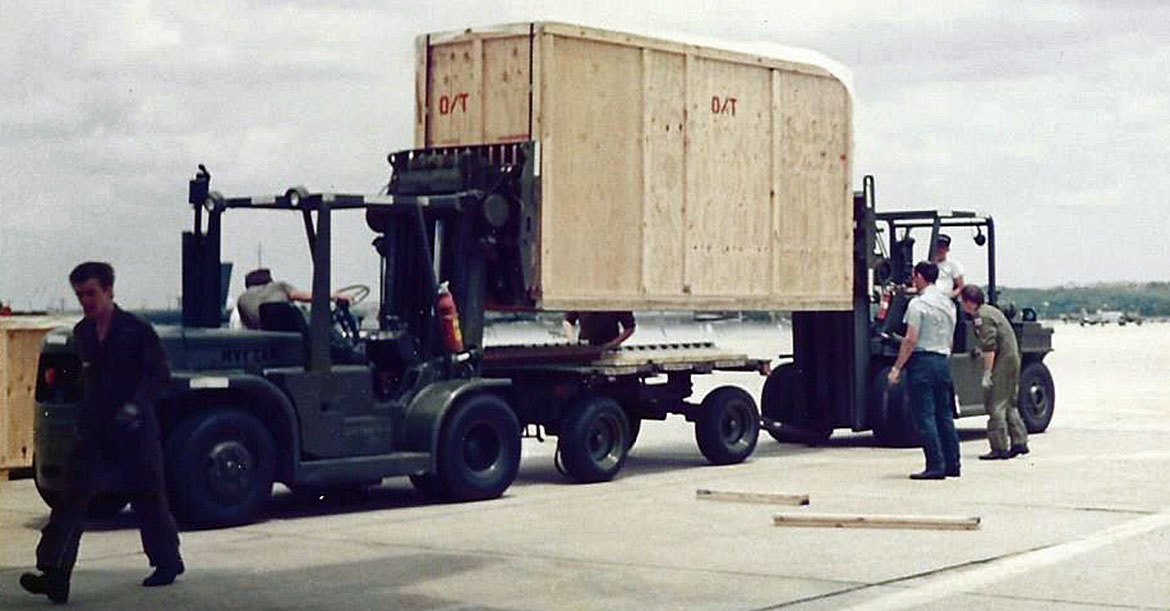
The final picture was taken at Brize Norton in 1983. As a thank you to President Pinochet of Chile, for his support during the Falklands War, we donated to Chile several Hunter FGA aircraft. These were the days before the RAF had or operated any widebody aircraft and the ground support equipment reflected that. Several B747 freighters arrived at Brize to collect the aircraft. Using a 25k Condec with a max height of 12ft, How to you "bridge the gap?" The solution is shown and with the use of Anthony Allen Docking on top of the Condec, all worked a treat.
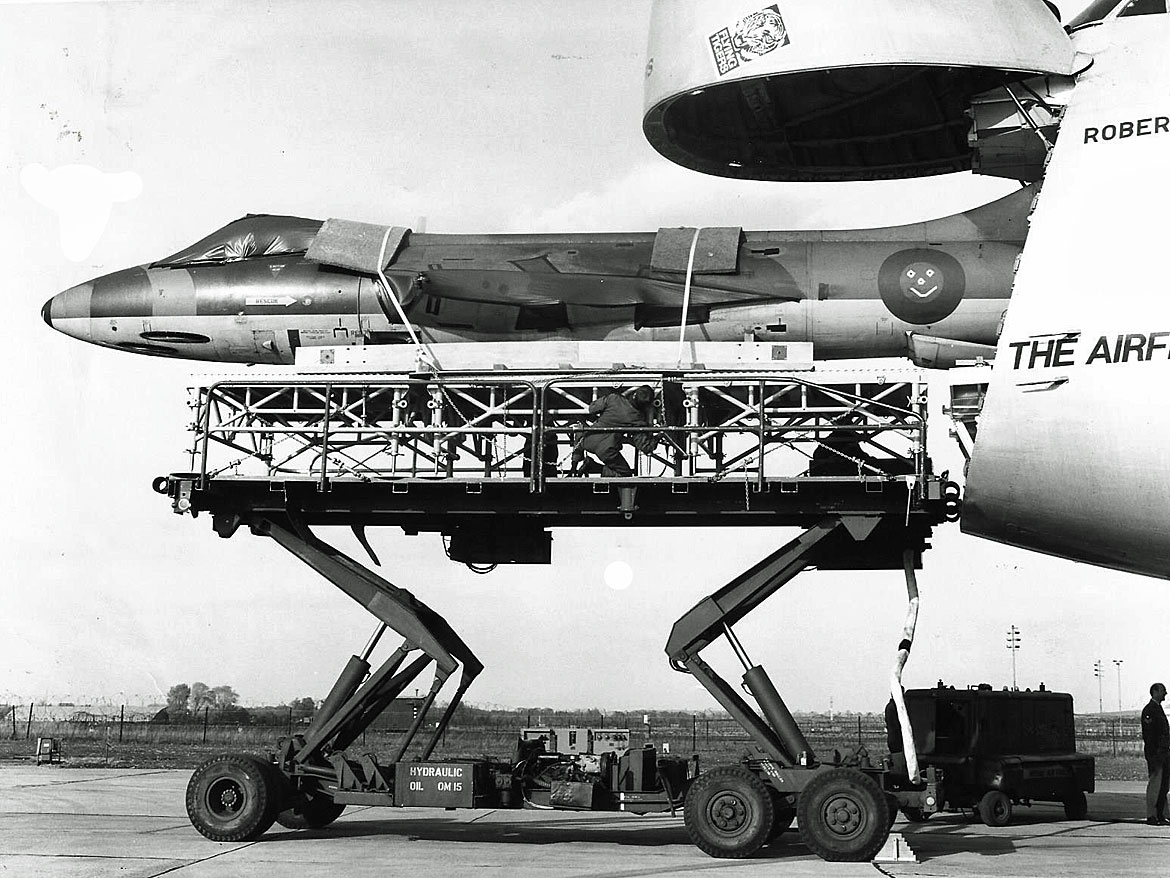
Best regards,
Ian
Ian
There are more accounts of Pinochet's Hawker Hunters later in this newsletter

99 Squadron Conducts Strategic Airlifts in Support of Operation Highmast
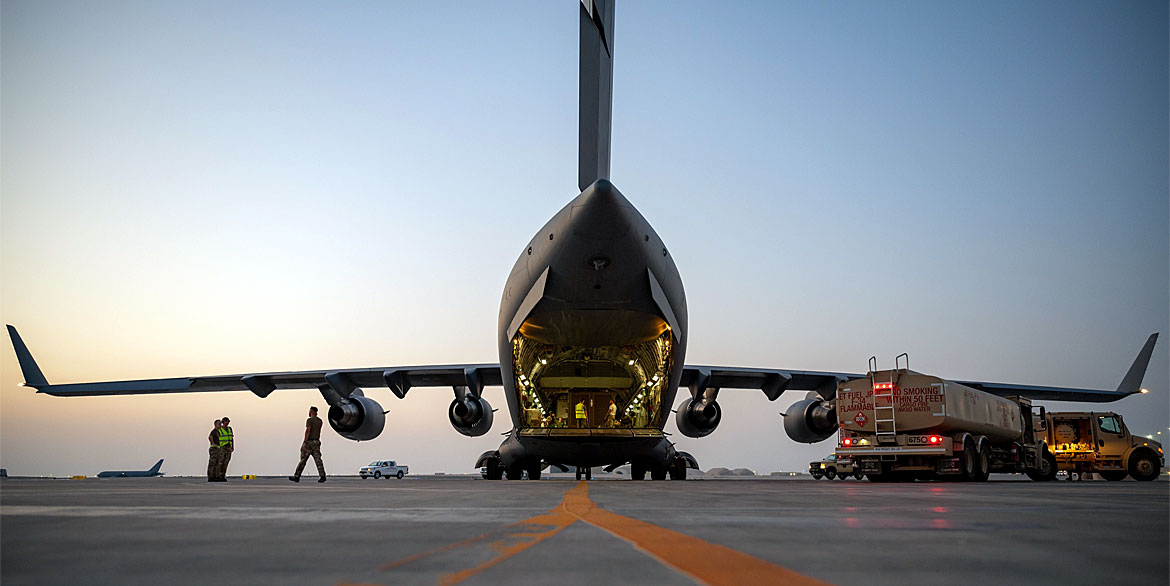
Royal Air Force Brize Norton based 99 Squadron, part of the RAF Air Mobility Force, has conducted strategic airlift in support of Operation Highmast.
Flying the C-17 Globemaster III transport aircraft, the Squadron has pre-positioned supplies along the Carrier Strike Group route to Indo-Pacific in preparation for the operation. To assist aircraft unloading a small unit from the United Kingdom Mobile Air Movements Squadron (UKMAMS), also flew with the aircraft. UKMAMS is a part of the RAF’s No.1 Air Mobility Wing and is based at RAF Brize Norton.
As part of this airlift, RAF movements personnel were joined by US Air Force personnel from the 379th Air Expeditionary Wing, to unload and refuel the aircraft in a demonstration of combined interoperability.
Wing Commander Nicola Lofthouse, Officer Commanding 99 Squadron said, “The C-17 continues to deliver high volumes of cargo, munitions and oversized loads across the globe in support of UK operations. Supporting Op Highmast demonstrates the important role of the Air Mobility Force; C-17 aircraft are especially critical to defence output and operational activity. We continue to increase our interoperability with partner nations and these sorties were another great example of just how seamless this activity is becoming, acting as a force multiplier, enabling us to optimise the use of our fleet.”
These RAF Air Mobility Force sorties were synchronised with the US Air Force to ensure that strategic airlift operations supporting global mobility and mission readiness was maintained for both Air Forces.
raf.mod.uk
Flying the C-17 Globemaster III transport aircraft, the Squadron has pre-positioned supplies along the Carrier Strike Group route to Indo-Pacific in preparation for the operation. To assist aircraft unloading a small unit from the United Kingdom Mobile Air Movements Squadron (UKMAMS), also flew with the aircraft. UKMAMS is a part of the RAF’s No.1 Air Mobility Wing and is based at RAF Brize Norton.
As part of this airlift, RAF movements personnel were joined by US Air Force personnel from the 379th Air Expeditionary Wing, to unload and refuel the aircraft in a demonstration of combined interoperability.
Wing Commander Nicola Lofthouse, Officer Commanding 99 Squadron said, “The C-17 continues to deliver high volumes of cargo, munitions and oversized loads across the globe in support of UK operations. Supporting Op Highmast demonstrates the important role of the Air Mobility Force; C-17 aircraft are especially critical to defence output and operational activity. We continue to increase our interoperability with partner nations and these sorties were another great example of just how seamless this activity is becoming, acting as a force multiplier, enabling us to optimise the use of our fleet.”
These RAF Air Mobility Force sorties were synchronised with the US Air Force to ensure that strategic airlift operations supporting global mobility and mission readiness was maintained for both Air Forces.
raf.mod.uk

From: Clive Price, Brecon
Subject: MAMS Ingenuity
Hi Tony,
Back in the day, while based at Abingdon, we were passengers on a Britannia leaving from RAF Lyneham. We arrived with plenty of time to spare and an officer on Base Movements told us we would have to load the aircraft we were traveling on. This was not a normal practice, but being outranked we complied.
The load was two Land Rovers with trailers. The late Cpl. Bob Turner took one look at the dreaded Britannia freight lift platform (BFLP) and said, "Sod that!" and found a 12,000 lb fork lift we could use. The cargo hold door was, I think, 13ft high and we used that fork lift, two-sixing the load straight into the aircraft body. If anyone from Base Movements was watching they never said a word. Then we re-arranged the seats to give ourselves more leg room and turned one around to make a card table.
Happy days!
Taff Price
Subject: MAMS Ingenuity
Hi Tony,
Back in the day, while based at Abingdon, we were passengers on a Britannia leaving from RAF Lyneham. We arrived with plenty of time to spare and an officer on Base Movements told us we would have to load the aircraft we were traveling on. This was not a normal practice, but being outranked we complied.
The load was two Land Rovers with trailers. The late Cpl. Bob Turner took one look at the dreaded Britannia freight lift platform (BFLP) and said, "Sod that!" and found a 12,000 lb fork lift we could use. The cargo hold door was, I think, 13ft high and we used that fork lift, two-sixing the load straight into the aircraft body. If anyone from Base Movements was watching they never said a word. Then we re-arranged the seats to give ourselves more leg room and turned one around to make a card table.
Happy days!
Taff Price


From: Terry Jackson, St. Albans, Herts
Subject: Mover's Ingenuity
Hi Tony,
I had the pleasure as a sergeant supplier to be seconded to a MAMS Team involved in Operation Hillclimb on Penang Island, Malaysia, in 1965.
The operation involved getting a TPS 34 mobile radar system installed at RAF Western Hill at the very highest point of Penang Hill. The purpose was to counter the threat posed by General Sukarno of Indonesia to Malaysia, which he had threatened to crush.
There were two means of getting to RAF Western Hill; via helicopter or the Penang Funicular Railway. The MAMS Team was headed up by Fl/Lt Bill Girdwood along with Fl/Lt Derek Hartland. The real stars were Cpl Derek Smith, Bob Turner, Bill Holder and Rab Devlin. I am sure there were one or two others but sadly my aging memory cannot recall their names. If by some chance they read this, then I apologise. (Bob Turner, unofficially, taught me how to drive a tractor).
Our operation headquarters was with the Royal Green Jackets at Minden Barracks on Penang Island. I had only ever worked in the secluded area of a SCAF. I could only admire the ingenuity and work ethos of this MAMS team. There was no problem that could not be solved. A great deal of material was airlifted by 66 Squadron Belvedere helicopters. The landing pad at RAF Western Hill was snug to say the least. The attached photos will attest to that.
Subject: Mover's Ingenuity
Hi Tony,
I had the pleasure as a sergeant supplier to be seconded to a MAMS Team involved in Operation Hillclimb on Penang Island, Malaysia, in 1965.
The operation involved getting a TPS 34 mobile radar system installed at RAF Western Hill at the very highest point of Penang Hill. The purpose was to counter the threat posed by General Sukarno of Indonesia to Malaysia, which he had threatened to crush.
There were two means of getting to RAF Western Hill; via helicopter or the Penang Funicular Railway. The MAMS Team was headed up by Fl/Lt Bill Girdwood along with Fl/Lt Derek Hartland. The real stars were Cpl Derek Smith, Bob Turner, Bill Holder and Rab Devlin. I am sure there were one or two others but sadly my aging memory cannot recall their names. If by some chance they read this, then I apologise. (Bob Turner, unofficially, taught me how to drive a tractor).
Our operation headquarters was with the Royal Green Jackets at Minden Barracks on Penang Island. I had only ever worked in the secluded area of a SCAF. I could only admire the ingenuity and work ethos of this MAMS team. There was no problem that could not be solved. A great deal of material was airlifted by 66 Squadron Belvedere helicopters. The landing pad at RAF Western Hill was snug to say the least. The attached photos will attest to that.

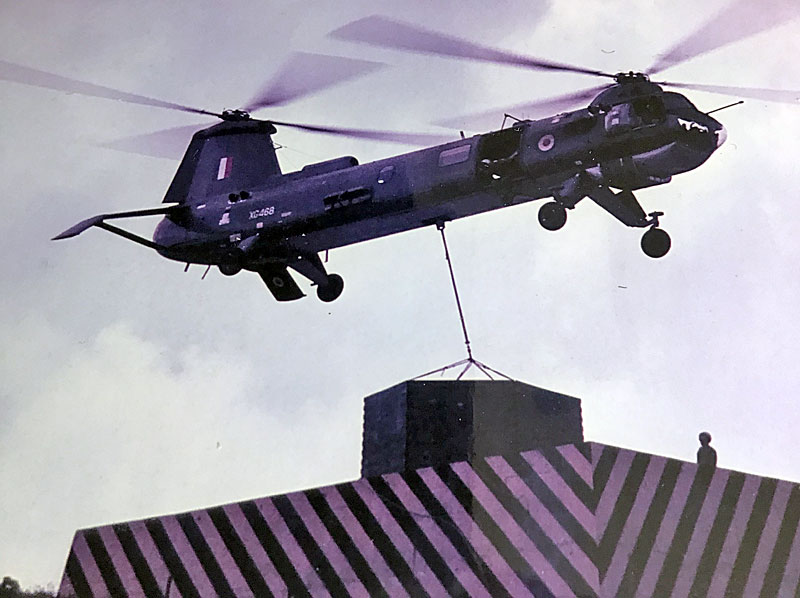
The pilot of the helicopter could not see where the wheels were in relation to the pad and a crew member would get out of the aircraft and flag him down. Scary stuff. Other equipment was moved on the Penang Funicular Railway during the evening and night. A particular piece of equipment caused some difficulty. The radar dish for the TPS34. Too fragile to under-sling on the Belvedere and too wide to go through the tunnel halfway up the funicular railway. I was not party to the solution, I was in bed. When I got to work next day, the radar dish was on site.
I believe the dish was taken as far as the tunnel, offloaded and manhandled past the tunnel and reloaded back on to the funicular. There was no problem that this MAMS team could not solve and it was my good fortune to work with them.
In 1970, I completed a Movements Course, did a tour of duty in 1971 at RAF Changi (i/c Air Cargo) as all troops were withdrawn from Singapore and then as a Flt/Sgt shift leader at RAF Hendon where at all times I was exposed to the ‘can do’ ethos of RAF movers. It was a privilege.
Terry Jackson
Click on the following banner to read an article about Op Hillclimb by the late Group Captain Bill Girdwood:
I believe the dish was taken as far as the tunnel, offloaded and manhandled past the tunnel and reloaded back on to the funicular. There was no problem that this MAMS team could not solve and it was my good fortune to work with them.
In 1970, I completed a Movements Course, did a tour of duty in 1971 at RAF Changi (i/c Air Cargo) as all troops were withdrawn from Singapore and then as a Flt/Sgt shift leader at RAF Hendon where at all times I was exposed to the ‘can do’ ethos of RAF movers. It was a privilege.
Terry Jackson
Click on the following banner to read an article about Op Hillclimb by the late Group Captain Bill Girdwood:

Military allies descend on RAAF Amberley for exercise ‘Talisman Sabre’
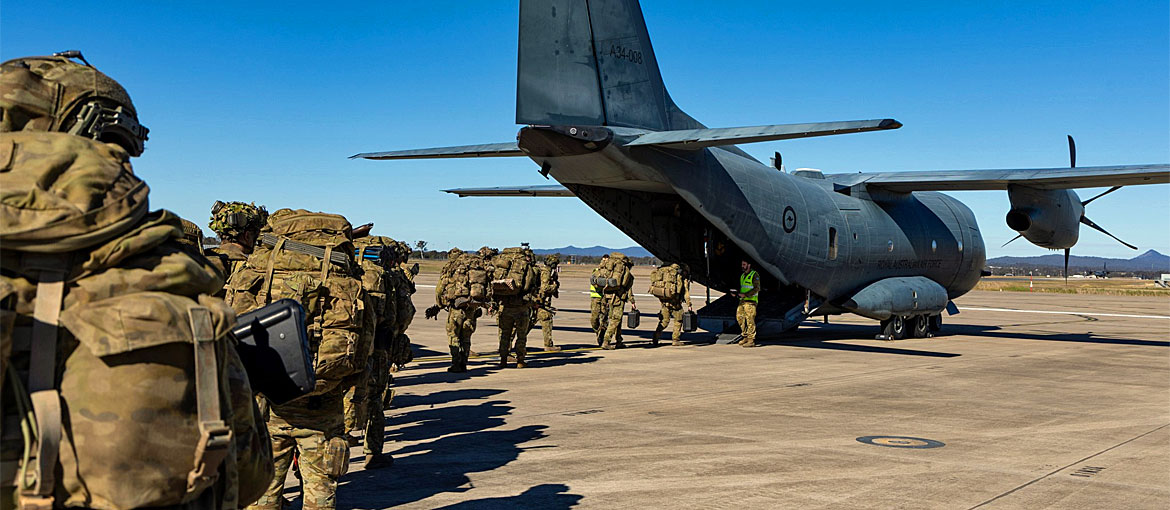
RAAF Base Amberley is taking a central role in this year’s Exercise Talisman Sabre. It is the biggest air deployment in the Games 20 year history with the most aircraft including the Globemaster C-17 and FA-18F Super hornets. More than 40,000 personnel and 470 aircraft from around 19 countries will continue to participate in the war games until August 4.
RAAF Base Amberley Group Captain Arran Moore said that the Base had been a major point of entry into Australia to the participating countries. “Just about all the countries have come into Australia through Amberley but Fijian, Papua New Guinean, American, Canadian and British aviators have been working out of RAAF Base Amberley and getting embedded with the Air Force out here,” he said.
The Group Captain also mentioned that all personnel from the Base have been participating in the exercise in some way, shape or form this year. “A lot of the F/18s from Amberley have gone up to the Northern Territory to do some flying for the exercise up there and the KC-30s and the refuellers have also gone up to the Top End,” he said. “We have been really doing a lot of air mobility and cargo moving with the C-17s and the C-27s from Amberley all over Australia for the exercise. And then all elements of the Base have been operating 24 hours a day 7 days a week. We are seeing upward of 8,000 people a meal on the Base at the moment — it’s an amazing effort.”
Countries involved in the games include United States, Canada, United Kingdom, Fiji, France, Germany, India, Indonesia, Japan, the Netherlands, New Zealand, Norway, Papua New Guinea, the Philippines, the Republic of Korea, Singapore, Thailand and Tonga. Malaysia and Vietnam also attended as observers.
RAAF Base Amberley Group Captain Arran Moore said that the Base had been a major point of entry into Australia to the participating countries. “Just about all the countries have come into Australia through Amberley but Fijian, Papua New Guinean, American, Canadian and British aviators have been working out of RAAF Base Amberley and getting embedded with the Air Force out here,” he said.
The Group Captain also mentioned that all personnel from the Base have been participating in the exercise in some way, shape or form this year. “A lot of the F/18s from Amberley have gone up to the Northern Territory to do some flying for the exercise up there and the KC-30s and the refuellers have also gone up to the Top End,” he said. “We have been really doing a lot of air mobility and cargo moving with the C-17s and the C-27s from Amberley all over Australia for the exercise. And then all elements of the Base have been operating 24 hours a day 7 days a week. We are seeing upward of 8,000 people a meal on the Base at the moment — it’s an amazing effort.”
Countries involved in the games include United States, Canada, United Kingdom, Fiji, France, Germany, India, Indonesia, Japan, the Netherlands, New Zealand, Norway, Papua New Guinea, the Philippines, the Republic of Korea, Singapore, Thailand and Tonga. Malaysia and Vietnam also attended as observers.
https://regionalhub.arn.com.au/wp-content/uploads/2025/07/TS250055_USAF_C-17A_at_RAAF_Amberley.mp4
CANADIAN ARMED FORCES - Canada is among one of the 19 countries deployed to operation ‘Talisman Sabre’ this year. They have sent 600 personnel and brought in four aircraft for the massive training exercise. These include two C-130J Super Hercules aircraft, a CC-177 or C-17 Globemaster III Cargo plane and a CC-144 Challenger jet carrying a medical evacuation team.
Royal Canadian Air Force Inter-Task Commander Lieutenant-Colonel Cole McGregor said that despite being familiar with working over a large area such as in Australia, it was one that they didn’t want to underestimate. “Canada is a big country but nonetheless it presents a massive challenge for an exercise of this scale. The four assets that we’ve sent, which are all air mobility assets, are particularly useful in that sort of environment to provide a strategic and tactical airlift. Geography is certainly a challenge but it’s one that is well suited to these assets,” he said.
Royal Canadian Air Force Inter-Task Commander Lieutenant-Colonel Cole McGregor said that despite being familiar with working over a large area such as in Australia, it was one that they didn’t want to underestimate. “Canada is a big country but nonetheless it presents a massive challenge for an exercise of this scale. The four assets that we’ve sent, which are all air mobility assets, are particularly useful in that sort of environment to provide a strategic and tactical airlift. Geography is certainly a challenge but it’s one that is well suited to these assets,” he said.
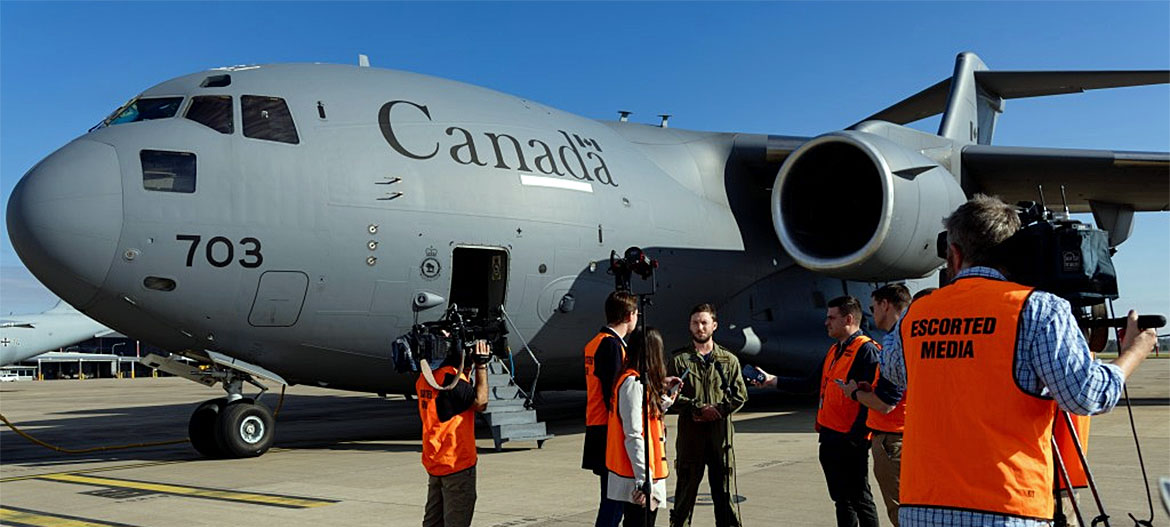
Lieutenant-Colonel Cole McGregor said that they had two major aims they wanted to achieve during the operation. “One is interoperability and how they get down and work together in a way that is efficient and effective. The other main aim is for the Royal Canadian Air Force to demonstrate a commitment to peace and security in the Indo-Pacific and demonstrate that commitment to our friends and allies in the region,’ he said. "Using this opportunity with this exercise has been presented to test our tactics and capabilities alongside those partners and learn from one another.”
This year’s exercise Talisman Sabre wraps up on August 4 with the Australian Defence Force warning that there will be increased Defence vehicles on the roads over the period. The Defence Force will take every precaution to minimise impact to local communities and will avoid high traffic routes and school zones where possible.
Navy and Army personnel also participated in the exercise in the South-East, Central and North Queensland regions.
river949.com.au
This year’s exercise Talisman Sabre wraps up on August 4 with the Australian Defence Force warning that there will be increased Defence vehicles on the roads over the period. The Defence Force will take every precaution to minimise impact to local communities and will avoid high traffic routes and school zones where possible.
Navy and Army personnel also participated in the exercise in the South-East, Central and North Queensland regions.
river949.com.au

The Brize Norton Perimeter Guards
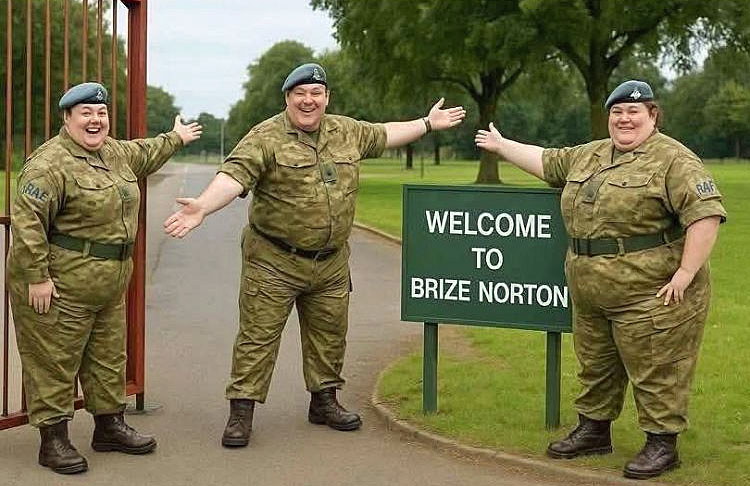

From: Dougie Russell, Carlisle
Subject: Mover's Ingenuity
Hi Tony,
When I was in Dharan in 1993, on MSF deployment for 3 months, my Flt Sgt (supply) was wanting a 40 foot ISO container moved across the taxiway to behind the supply hangar. He was to sort out hiring a crane on the Monday morning.
After I dispatched the Herc on the Saturday and knew there was no more flying that day, I had a cunning plan! I rearranged the pallets inside the container, placing the C of G into the middle, got my trusty 10k forks and moved said ISO, saving the Flt Sgt a small fortune.
Oh, before I forget, I was the Condec driver in 1983, following the Falklands war, when we sent a number of Hawker Hunters down to Chile in Flying Tigers 747 freighters.
p.s No photos, but in 1986 we used a Chinook helicopter to pull one of our Land Rovers out of the mud in the training area - I think the Team Leader at the time was Ian Noakes
Dougie
Subject: Mover's Ingenuity
Hi Tony,
When I was in Dharan in 1993, on MSF deployment for 3 months, my Flt Sgt (supply) was wanting a 40 foot ISO container moved across the taxiway to behind the supply hangar. He was to sort out hiring a crane on the Monday morning.
After I dispatched the Herc on the Saturday and knew there was no more flying that day, I had a cunning plan! I rearranged the pallets inside the container, placing the C of G into the middle, got my trusty 10k forks and moved said ISO, saving the Flt Sgt a small fortune.
Oh, before I forget, I was the Condec driver in 1983, following the Falklands war, when we sent a number of Hawker Hunters down to Chile in Flying Tigers 747 freighters.
p.s No photos, but in 1986 we used a Chinook helicopter to pull one of our Land Rovers out of the mud in the training area - I think the Team Leader at the time was Ian Noakes
Dougie

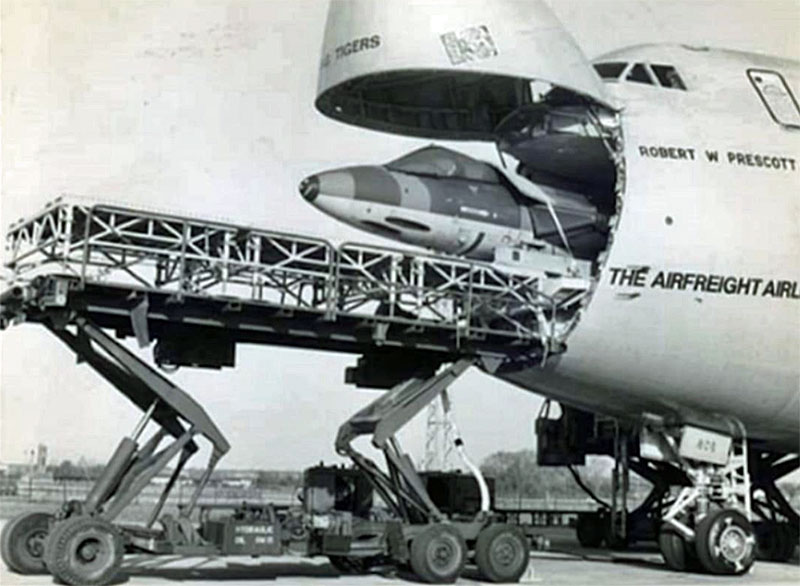

No.1 Air Mobility Wing at The Royal International Air Tattoo 2025
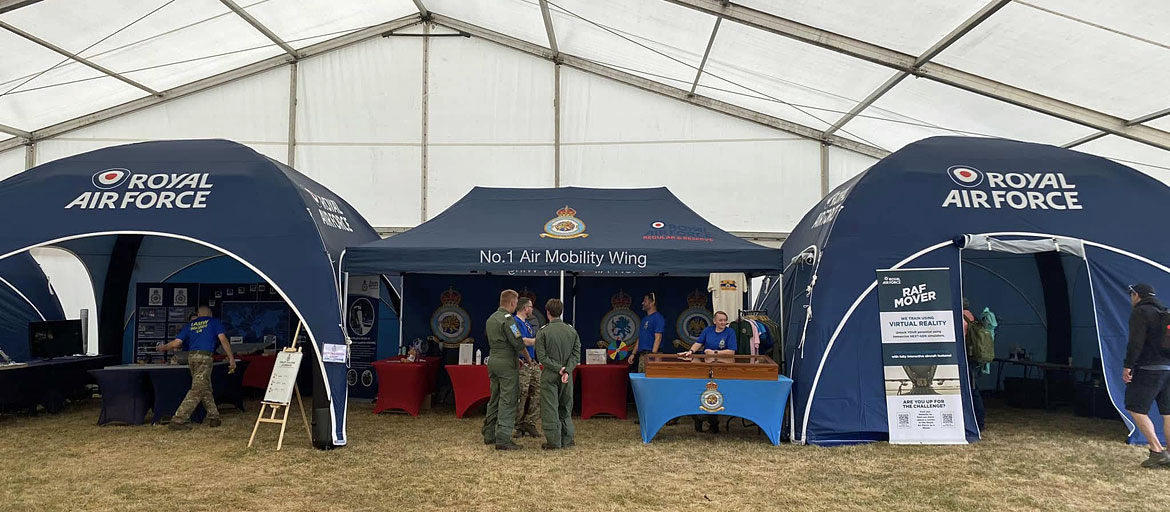
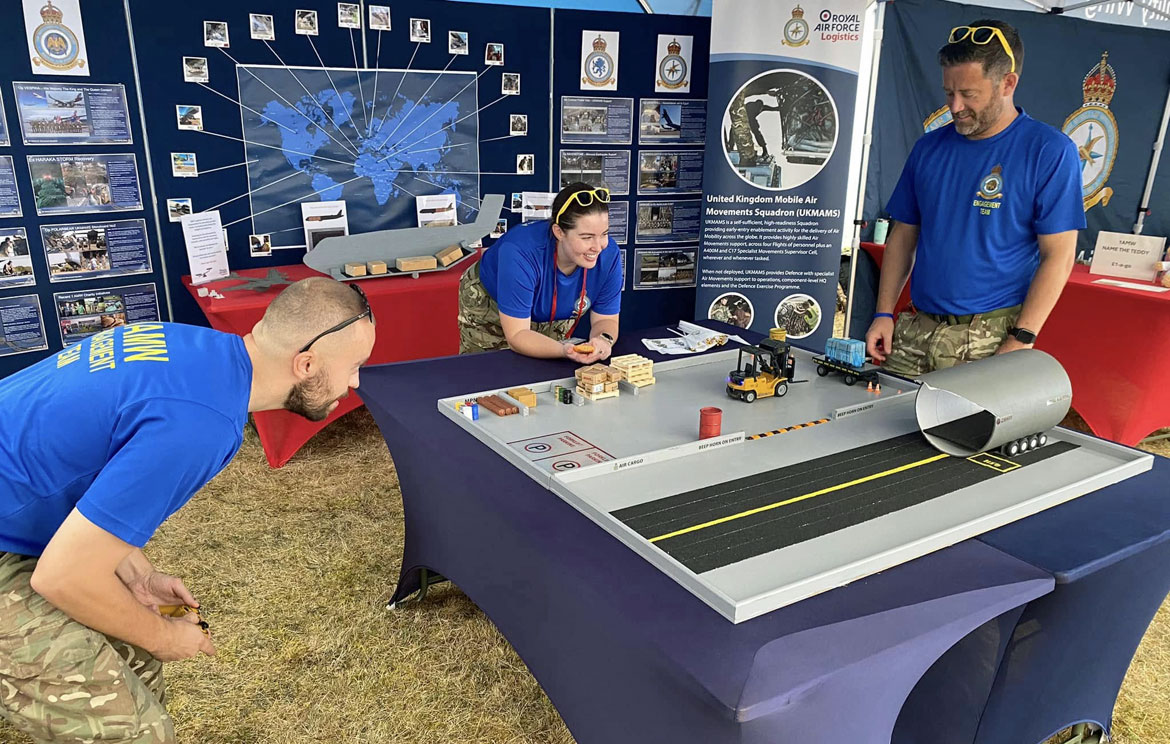
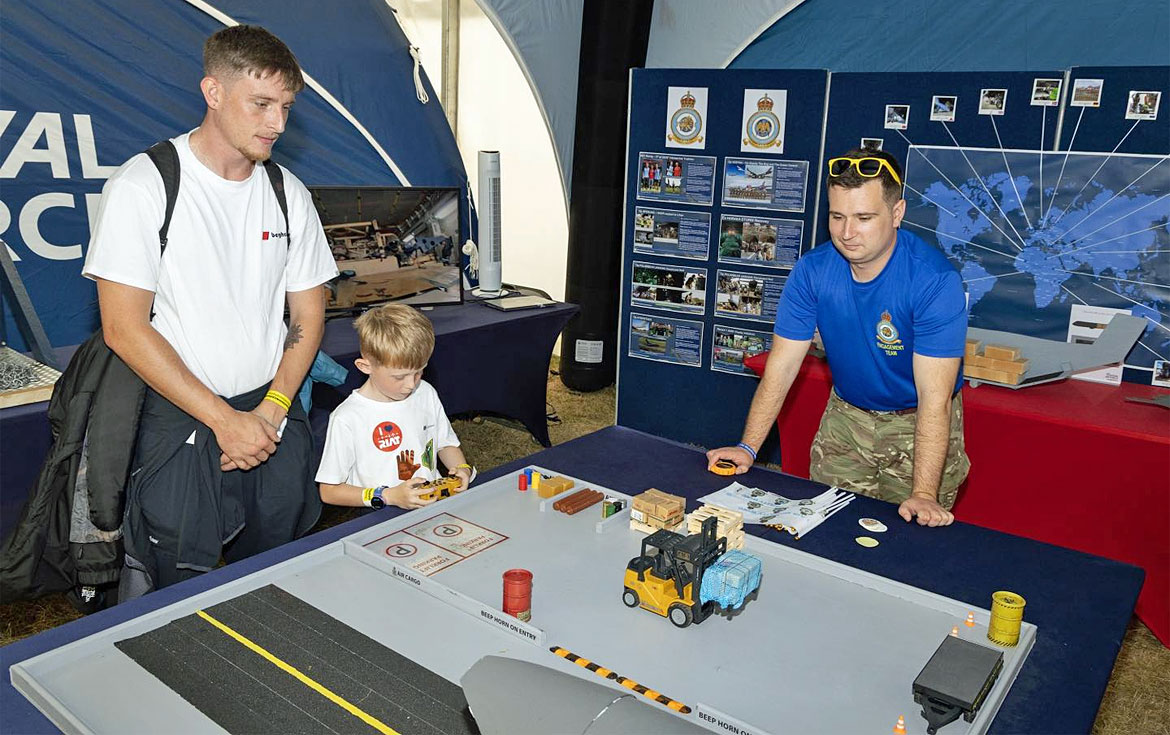

From: Paul Thornton, Blyth, Northumberland
Subject: Mover's Ingenuity
Hi Tony,
This will probably be my only claim to fame. In 1985 I was a JNCO on the Air Portability section at JATE. We were tasked with trialling a Rolls Royce RB211 engine (TriStar) into a C130. The engine bay at Brize brought across the engine in its specially made frame that had been designed to carry the weight of the engine, chains etc., up to the standard 3G restraint factor. We undertook the standard process, weighing and measuring. After a while, we loaded the engine onto the mock-up airframe in the JATE hangar. All good, took a few hours because we had to use 2 Tirfor winches and being a trial, thing in general took time, as written details were also taken. After a full day, all good, loaded and unloaded.
A couple of days later, JATE, having at that time it's own C130, we started to load the engine. It went really well - at the beginning! We had the engine just slightly aft of the trim datum on the plane, chained it in with the full amount of chains we had calculated it would take to satisfy all the restraint criteria. To offload the engine, a Tirfor was used to pull the engine out of the aircraft. We tied the Tirfor to the CONDEC using chains. It was at this point that it went downhill rapidly.
Subject: Mover's Ingenuity
Hi Tony,
This will probably be my only claim to fame. In 1985 I was a JNCO on the Air Portability section at JATE. We were tasked with trialling a Rolls Royce RB211 engine (TriStar) into a C130. The engine bay at Brize brought across the engine in its specially made frame that had been designed to carry the weight of the engine, chains etc., up to the standard 3G restraint factor. We undertook the standard process, weighing and measuring. After a while, we loaded the engine onto the mock-up airframe in the JATE hangar. All good, took a few hours because we had to use 2 Tirfor winches and being a trial, thing in general took time, as written details were also taken. After a full day, all good, loaded and unloaded.
A couple of days later, JATE, having at that time it's own C130, we started to load the engine. It went really well - at the beginning! We had the engine just slightly aft of the trim datum on the plane, chained it in with the full amount of chains we had calculated it would take to satisfy all the restraint criteria. To offload the engine, a Tirfor was used to pull the engine out of the aircraft. We tied the Tirfor to the CONDEC using chains. It was at this point that it went downhill rapidly.

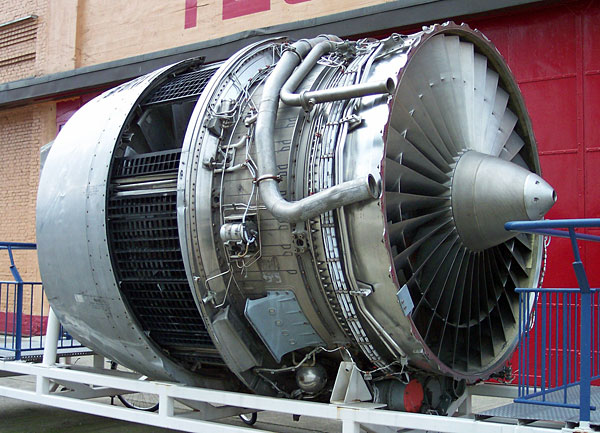
With the engine weighing approximately 16,000 lbs, the weight forced the rear of the aircraft to sit down and, with the ramp level, it was way below the height of the CONDEC. Ahhhh, we didn't foresee this problem. Lots of head scratching. It was obvious that the CONDEC could not go any lower, so the answer was to make the aircraft higher. Bingo, use dunnage! I brought my idea to the table, use dunnage to raise the aircraft by placing it under the main wheels. I got a lot of strange looks, but I explained my theory and it was decided it really was the best option. We called the crew across, explained the problem and my solution to it. 20 minutes later we had a C130 raised on dunnage and a hour later the engine offloaded.
After a comprehensive debrief, it was decided that around 6,000 lbs of weight needed to be loaded first at the front of the aircraft, and a special dunnage kit was made by the JATE carpenter on designs from the engineering section.
A few years later I was back at Lyneham as a traffic team leader and we met a C130 with a RB211 on it. It turned out that JATE had modified the TDS to remove the dunnage and put in place a specially developed cradle that fitted underneath the end of the fuselage, therefore stopping any deflection in ramp hinge area. So there it is, my claim to Mover's Ingenuity!
Best regards,
Paul
JATE AP Section 1984 - 1986
After a comprehensive debrief, it was decided that around 6,000 lbs of weight needed to be loaded first at the front of the aircraft, and a special dunnage kit was made by the JATE carpenter on designs from the engineering section.
A few years later I was back at Lyneham as a traffic team leader and we met a C130 with a RB211 on it. It turned out that JATE had modified the TDS to remove the dunnage and put in place a specially developed cradle that fitted underneath the end of the fuselage, therefore stopping any deflection in ramp hinge area. So there it is, my claim to Mover's Ingenuity!
Best regards,
Paul
JATE AP Section 1984 - 1986



Royal New Zealand Air Force Deploys to International Exercise
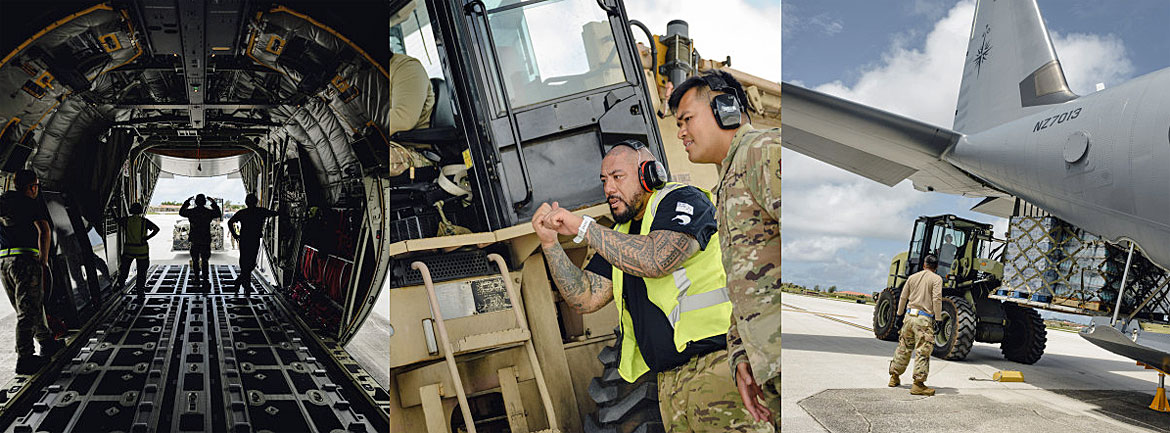
The exercise is the air mobility component (Exercise Mobility Guardian) of the United States Air Force (USAF) Exercise Resolute Force Pacific, which aims at the delivery of air combat power at the levels needed to deal with a rapidly escalating crisis, should one occur. Some 30 personnel are deployed with the aircraft, including aircrew, maintainers, an Air Load Team and Defence Force medics as aeromedical observers.
Detachment commander Squadron Leader Mel Fieldes highlighted the value of operating alongside other militaries in a deployed environment, calling it an excellent training opportunity for personnel. “This exercise delivers substantial benefits to us in building co-operation and interoperability with several of our Defence partners, with whom we have a shared commitment to regional security and stability,” she said. We’re enhancing the way we operate together under pressure, ensuring we’re ready to respond rapidly and effectively to shared security challenges. It also marks an important milestone for our new C-130J aircraft, as this is the first exercise where we are integrating our new aircraft into joint air mobility tasking with our partners.”
In addition to the USAF, participants in Exercise Mobility Guardian include the Air Forces of Australia, the United Kingdom, Canada, the Republic of Korea, the United States Marine Corps, US Army and the Japanese Self-Defence Force. The exercise runs until 28 July.
Detachment commander Squadron Leader Mel Fieldes highlighted the value of operating alongside other militaries in a deployed environment, calling it an excellent training opportunity for personnel. “This exercise delivers substantial benefits to us in building co-operation and interoperability with several of our Defence partners, with whom we have a shared commitment to regional security and stability,” she said. We’re enhancing the way we operate together under pressure, ensuring we’re ready to respond rapidly and effectively to shared security challenges. It also marks an important milestone for our new C-130J aircraft, as this is the first exercise where we are integrating our new aircraft into joint air mobility tasking with our partners.”
In addition to the USAF, participants in Exercise Mobility Guardian include the Air Forces of Australia, the United Kingdom, Canada, the Republic of Korea, the United States Marine Corps, US Army and the Japanese Self-Defence Force. The exercise runs until 28 July.
From: Stephen Bird, Warrington, Cheshire
Subject: Mover's Ingenuity
Hello Tony,
The one that sticks in my mind was just after the Falkland's War.
The UK Government had come to a deal to give 12 Hunter aircraft to Chili, no doubt in return for their assistance during the war with Argentina. The Aircraft were dismantled and all put onto a mixture of triple and double pallets at Brize. The charter company used to get them there was Flying Tigers, who were utilising B747's cargo aircraft with front opening nose cone.
The issue for us, the movers, was we had no ACHE back then which could reach the sill of the aircraft, we only had the Condec, someone came up with the idea of assembling Antony Allan Docking on to the deck of the Condec which was then chained down. Then the pallets were loaded to an unmodified Condec and taken out to the B747 where the modified Condec was positioned at the front of the B747.
This acted as the lift to get to the required sill height of the B747, the only downside was a brave or stupid mover had to go up with the load to unchain the pallets from the docking on top of the Condec.
This will always stick in my mind as an example of getting the job done at great risk. I somehow think this would not be permitted nowadays due to strict H & S constraints.
Regards Steve B.
Subject: Mover's Ingenuity
Hello Tony,
The one that sticks in my mind was just after the Falkland's War.
The UK Government had come to a deal to give 12 Hunter aircraft to Chili, no doubt in return for their assistance during the war with Argentina. The Aircraft were dismantled and all put onto a mixture of triple and double pallets at Brize. The charter company used to get them there was Flying Tigers, who were utilising B747's cargo aircraft with front opening nose cone.
The issue for us, the movers, was we had no ACHE back then which could reach the sill of the aircraft, we only had the Condec, someone came up with the idea of assembling Antony Allan Docking on to the deck of the Condec which was then chained down. Then the pallets were loaded to an unmodified Condec and taken out to the B747 where the modified Condec was positioned at the front of the B747.
This acted as the lift to get to the required sill height of the B747, the only downside was a brave or stupid mover had to go up with the load to unchain the pallets from the docking on top of the Condec.
This will always stick in my mind as an example of getting the job done at great risk. I somehow think this would not be permitted nowadays due to strict H & S constraints.
Regards Steve B.


The Mover's finger writes... and having writ, moves on...
The following books, written by OBA members, are available through Amazon:


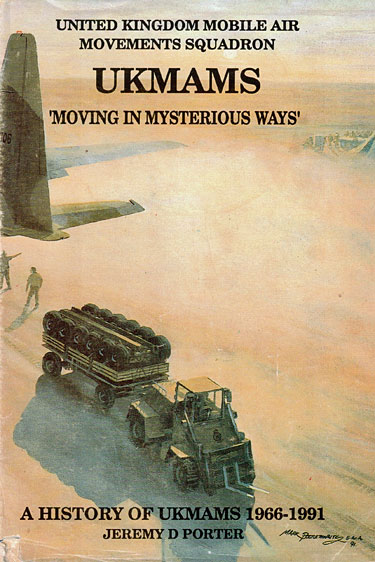
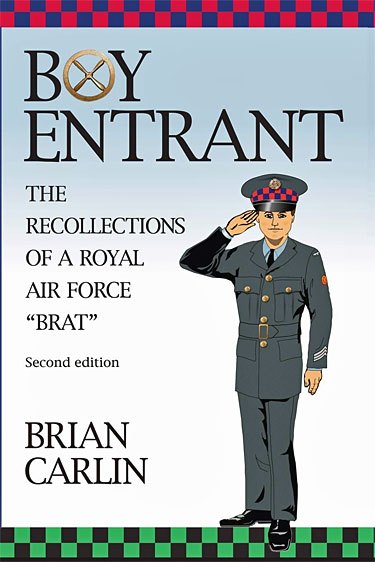

From: Michael Cocker, Swindon, Wilts
Subject: Mover's Ingenuity
Hi Tony,
Interesting subject - I have always thought that ingenuity and improvisation were all part of a Mover's job spec. It certainly felt like it when we were on Ops, or as often happened, routine tasking almost anywhere in Africa!
I remember a C130 Captain getting authority to get airborne with a roped load out of Harare after most of our lashing equipment disappeared - an interesting arrival in Nairobi, where we managed to purloin some chains and nets to make a semi safe load!
Clearing out Azraq, Jordan, of the Harrier kit post Operation Telic was an interesting time. Little or no planning had been done by the Detatchment to get them and their kit home, so it was left to me to get aircraft from wherever I could to clear the place out... Numerous AN124's trundled down the runway with far more than they should have had on board, but the crews were content to take it, but one C17 departure I was particularly pleased with. I managed to squeeze 10 pallets and 2 x Out of Area fuel bowsers on board. I had put it through the dash one and the load did not exceed any of the aircraft limitations, but to be on the safe side I contacted Brize (can't remember if it was JATE or the C17 cell), whoever it was said "Never been done, but go for it and let us now how it is"... Anyway, it all fitted quite snuggly... a great job by the whole team - Geordie Henderson, Daz Mileham, Hadders Hadfield and Dave Brown. 24 hours later I got a call from Brize asking me "How the f*** did you get that on there?" I never used the word "Ingenuity", but perhaps I should have done.
Subject: Mover's Ingenuity
Hi Tony,
Interesting subject - I have always thought that ingenuity and improvisation were all part of a Mover's job spec. It certainly felt like it when we were on Ops, or as often happened, routine tasking almost anywhere in Africa!
I remember a C130 Captain getting authority to get airborne with a roped load out of Harare after most of our lashing equipment disappeared - an interesting arrival in Nairobi, where we managed to purloin some chains and nets to make a semi safe load!
Clearing out Azraq, Jordan, of the Harrier kit post Operation Telic was an interesting time. Little or no planning had been done by the Detatchment to get them and their kit home, so it was left to me to get aircraft from wherever I could to clear the place out... Numerous AN124's trundled down the runway with far more than they should have had on board, but the crews were content to take it, but one C17 departure I was particularly pleased with. I managed to squeeze 10 pallets and 2 x Out of Area fuel bowsers on board. I had put it through the dash one and the load did not exceed any of the aircraft limitations, but to be on the safe side I contacted Brize (can't remember if it was JATE or the C17 cell), whoever it was said "Never been done, but go for it and let us now how it is"... Anyway, it all fitted quite snuggly... a great job by the whole team - Geordie Henderson, Daz Mileham, Hadders Hadfield and Dave Brown. 24 hours later I got a call from Brize asking me "How the f*** did you get that on there?" I never used the word "Ingenuity", but perhaps I should have done.

Some instances I have, with photographs, which happened 20 years apart are examples of some of the things we do to either get the job done, or make life a little more comfortable.
The first is a Marine Olympus engine from HMS Brilliant in 1983 - we dropped it directly onto a double pallet on the Condec down at Black Eagle, Stanley, in the Falklands, as we could not lift it with the Henleys - it was airbridged back to ASI that evening.
The first is a Marine Olympus engine from HMS Brilliant in 1983 - we dropped it directly onto a double pallet on the Condec down at Black Eagle, Stanley, in the Falklands, as we could not lift it with the Henleys - it was airbridged back to ASI that evening.
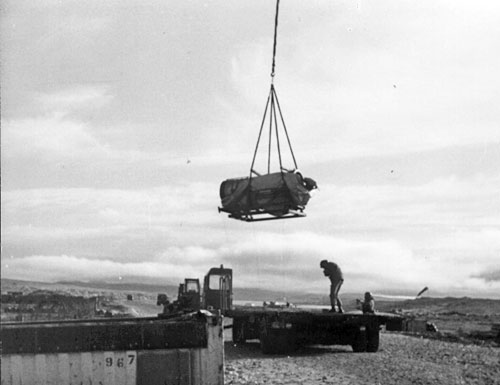
The second was during Operation Telic, 20 years later. In March 2003 we were sent from Kuwait International Airport to Al Jaber Air Base to assist the USAF - we had very limited kit, but acquired 2 x Genny's (110v & 230V) a fridge and a TV, which was attached to the US Cable TV system. Tony Randerson managed to get the wood to build a lean-to , along with a conference table and chairs. We were right next to a USAF Ops Command Post and I also managed to get some extra power from them as well.
ACM Sir Peter Squires, the then CAS, popped in one day, and fortunately for Tony Randerson's career, he declined an offer of some "Special" orange juice. The team was Flt Lt Tony Randerson, myself, Cpl Paul Crake, SAC Jon French and SAC Amanda Baker.
Every team member mentioned, at some point, used their ingenuity to overcome a problem often caused by inferior or missing equipment, planning errors or just plain bad luck. There can't be many Movers who couldn't overcome most problems - it just takes a bit of head scratching.
ACM Sir Peter Squires, the then CAS, popped in one day, and fortunately for Tony Randerson's career, he declined an offer of some "Special" orange juice. The team was Flt Lt Tony Randerson, myself, Cpl Paul Crake, SAC Jon French and SAC Amanda Baker.
Every team member mentioned, at some point, used their ingenuity to overcome a problem often caused by inferior or missing equipment, planning errors or just plain bad luck. There can't be many Movers who couldn't overcome most problems - it just takes a bit of head scratching.
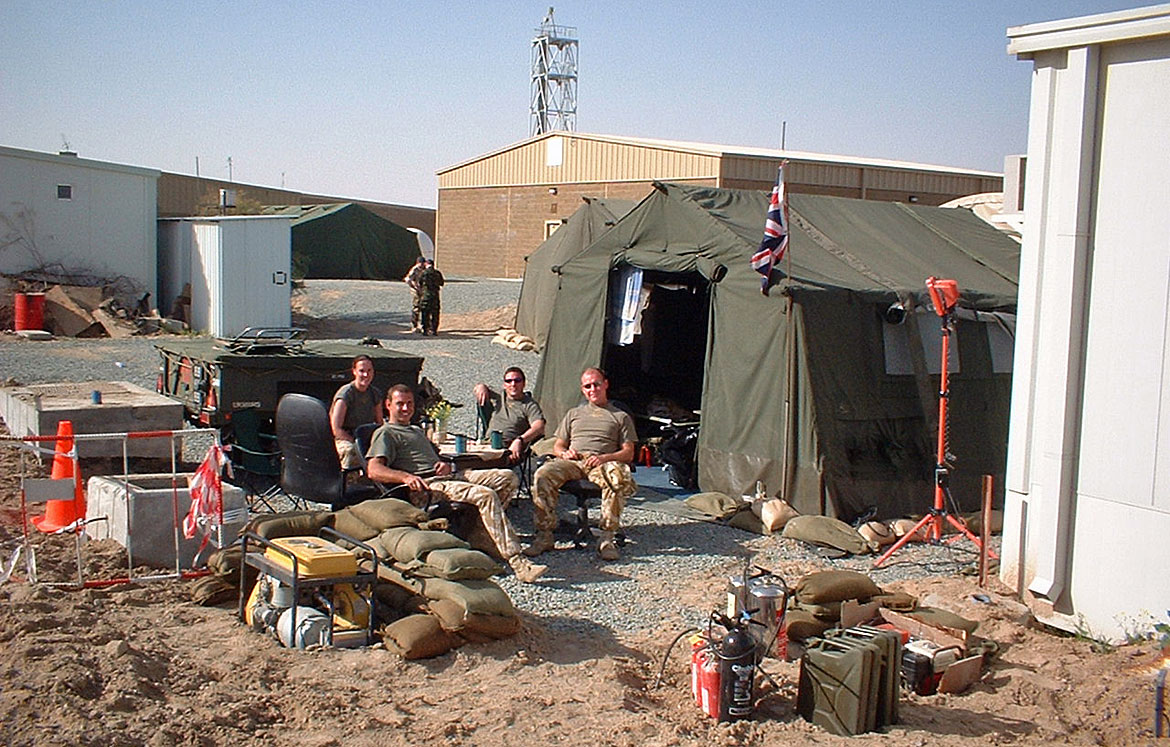
All the best and regards to all.
Mick
Mick
From: Duane Bach, Trenton, ON
Subject: Keith Telfer
Hi Tony,
We lost a long-time mover by the name of Keith Telfer (RCAF) who passed away yesterday, 12th July, in Trenton, ON.
Keith served as MAMS Team Member and Loadmaster on CC130's for a number of years in multiple squadrons. We joined the military together in 1972 and were friends for the last 53 years.
Subject: Keith Telfer
Hi Tony,
We lost a long-time mover by the name of Keith Telfer (RCAF) who passed away yesterday, 12th July, in Trenton, ON.
Keith served as MAMS Team Member and Loadmaster on CC130's for a number of years in multiple squadrons. We joined the military together in 1972 and were friends for the last 53 years.
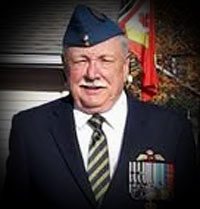
Good Morning Tony,
Another good friend and Mover/Loadmaster passed away last night (13th July).
He is Ted Baker (RCAF). Boy that's 2 in a row. I guess at our age we should live for each day and enjoy it.
Cheers,
Duane
Another good friend and Mover/Loadmaster passed away last night (13th July).
He is Ted Baker (RCAF). Boy that's 2 in a row. I guess at our age we should live for each day and enjoy it.
Cheers,
Duane
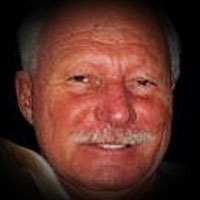

From: Len Wood, Pembroke, ON
Subject: Jerry Comeau (RCAF)
We lose another great Mover to Heaven. Jerry Comeau was an icon and extremely well known in the Movers’ circle.
I first met him in the early 80’s when I got posted to 1 AMU, 8 MAMS and met Jerry (2 AMU) while on a Boxtop Operation in Thule. One helluva great guy and Mover. Rest In Peace, Trapper.
Condolences to Sandy family and friends. May God Bless. Missed but never forgotten my friend.
Len Wood
Subject: Jerry Comeau (RCAF)
We lose another great Mover to Heaven. Jerry Comeau was an icon and extremely well known in the Movers’ circle.
I first met him in the early 80’s when I got posted to 1 AMU, 8 MAMS and met Jerry (2 AMU) while on a Boxtop Operation in Thule. One helluva great guy and Mover. Rest In Peace, Trapper.
Condolences to Sandy family and friends. May God Bless. Missed but never forgotten my friend.
Len Wood
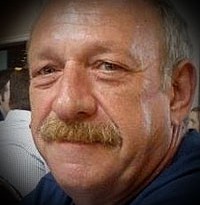

From: Phil Horton , Harrogate
Subject: Flt Sgt Brian Kent (RAF)
Tony,
Brian's daughter informed me that Brian passed away peacefully over last weekend (20th July). Dementia once again the culprit.
Regards
Phil Horton
Subject: Flt Sgt Brian Kent (RAF)
Tony,
Brian's daughter informed me that Brian passed away peacefully over last weekend (20th July). Dementia once again the culprit.
Regards
Phil Horton
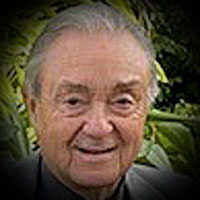

Rest in peace Bruce - your work here is done

Tony Gale
ukmamsoba@gmail.com
ukmamsoba@gmail.com
This Newsletter is Dedicated
to the Memories of:
Brian Kent (RAF)
Ted Baker (RCAF)
Keith Telfer (RCAF)
J Bruce Oram (RAF)
Stuart Everett (RAF)
Jerry Comeau (RCAF)
Cindy Darbyson (RCAF)
to the Memories of:
Brian Kent (RAF)
Ted Baker (RCAF)
Keith Telfer (RCAF)
J Bruce Oram (RAF)
Stuart Everett (RAF)
Jerry Comeau (RCAF)
Cindy Darbyson (RCAF)
.


